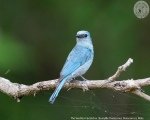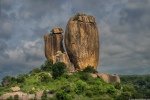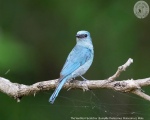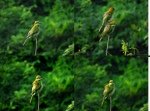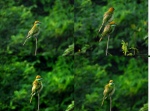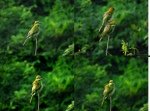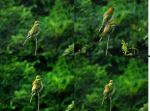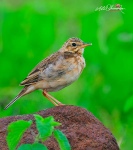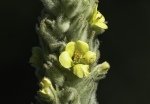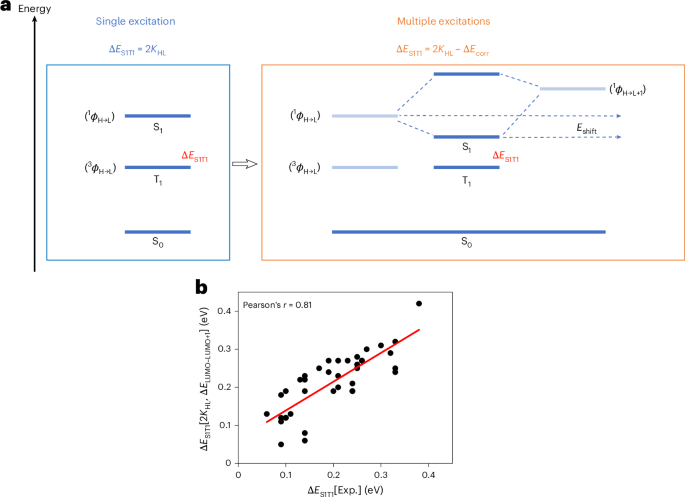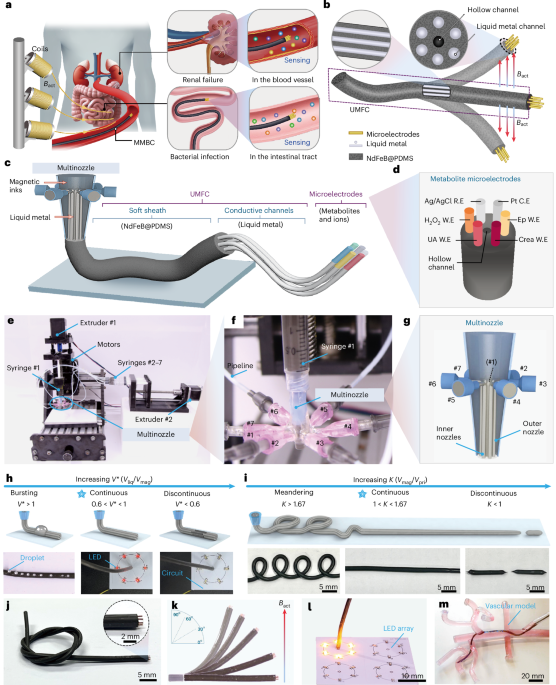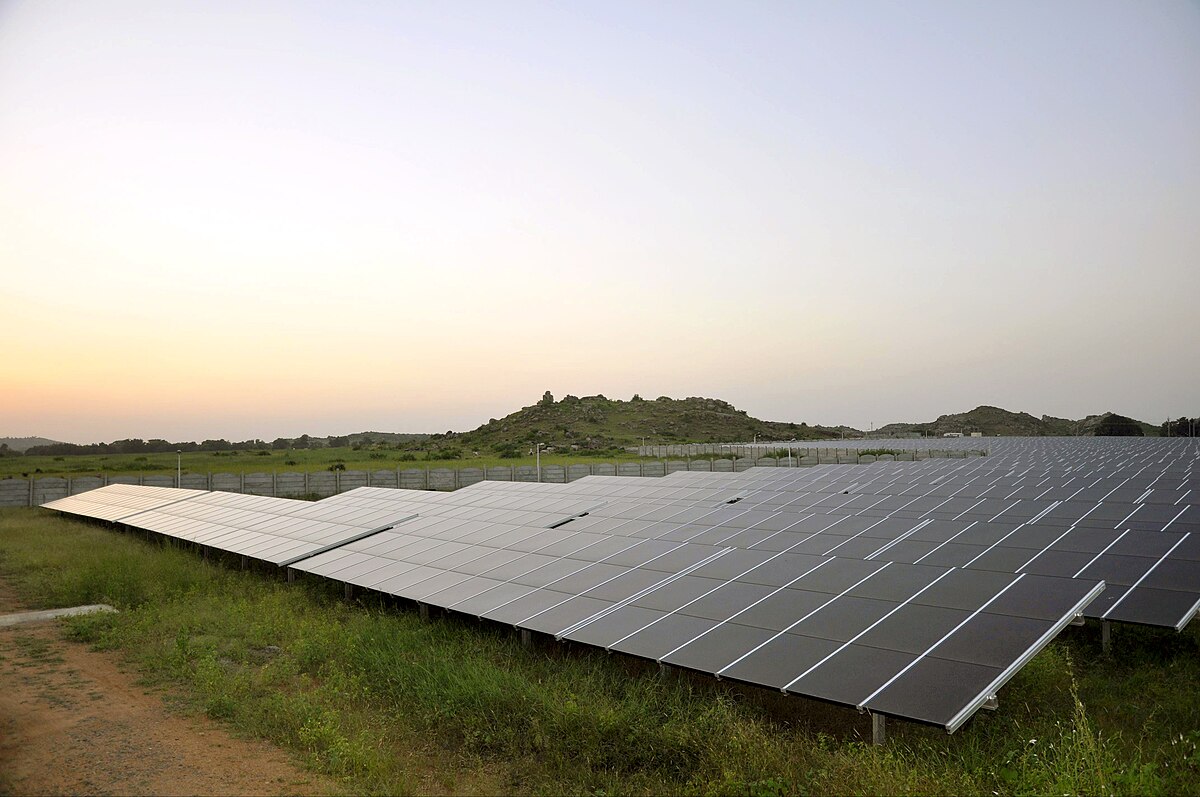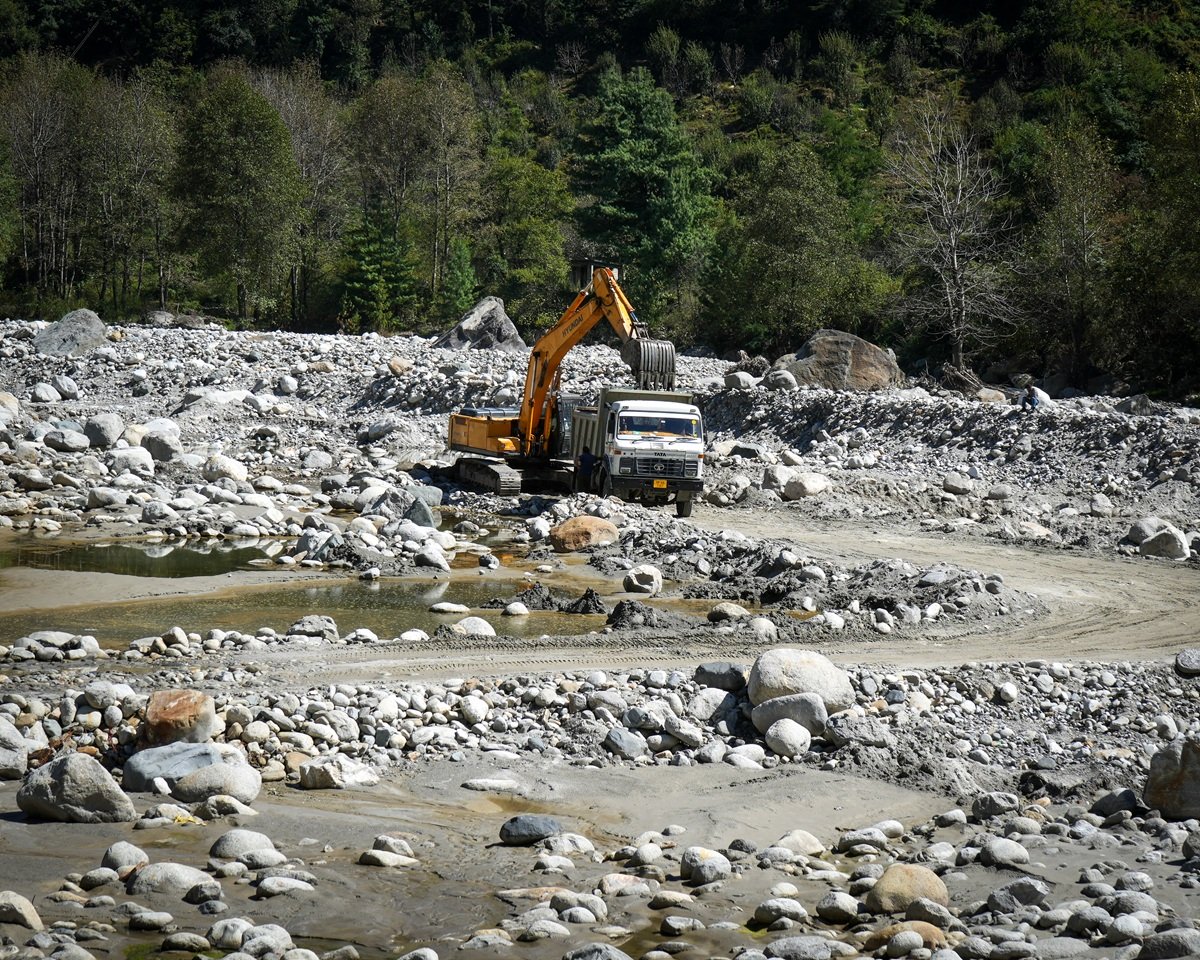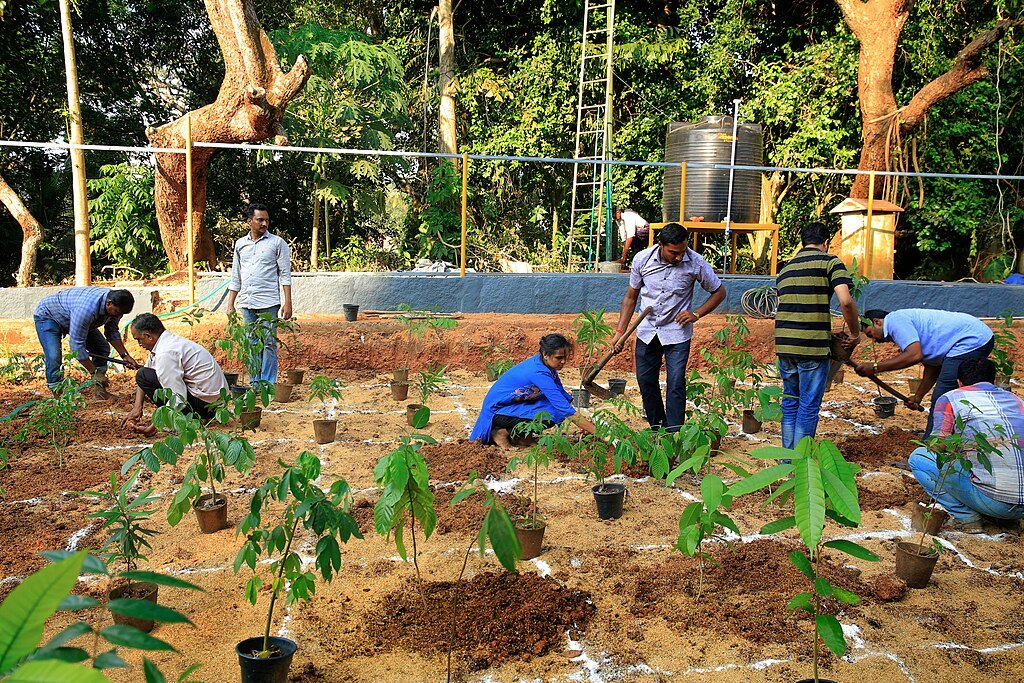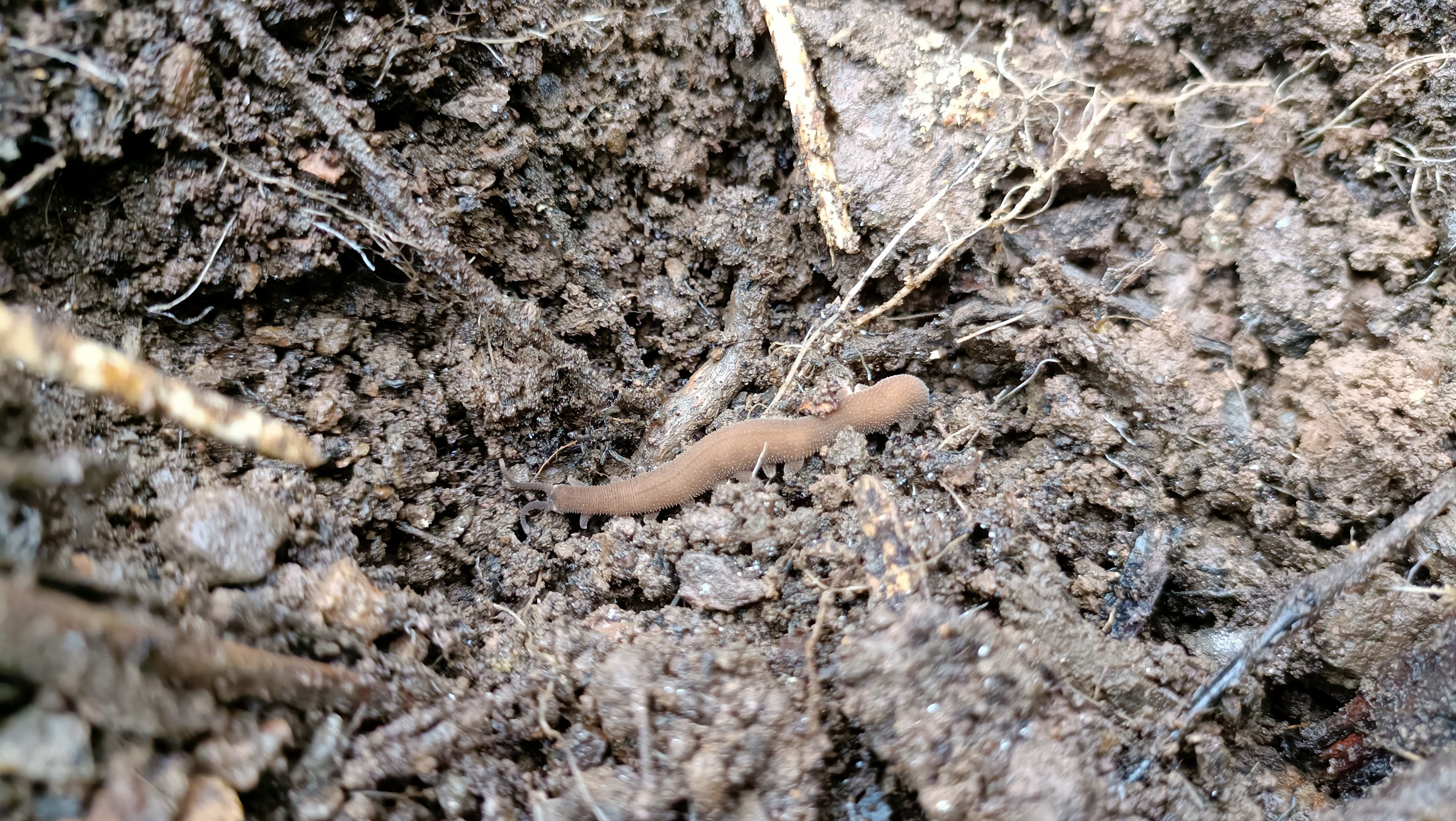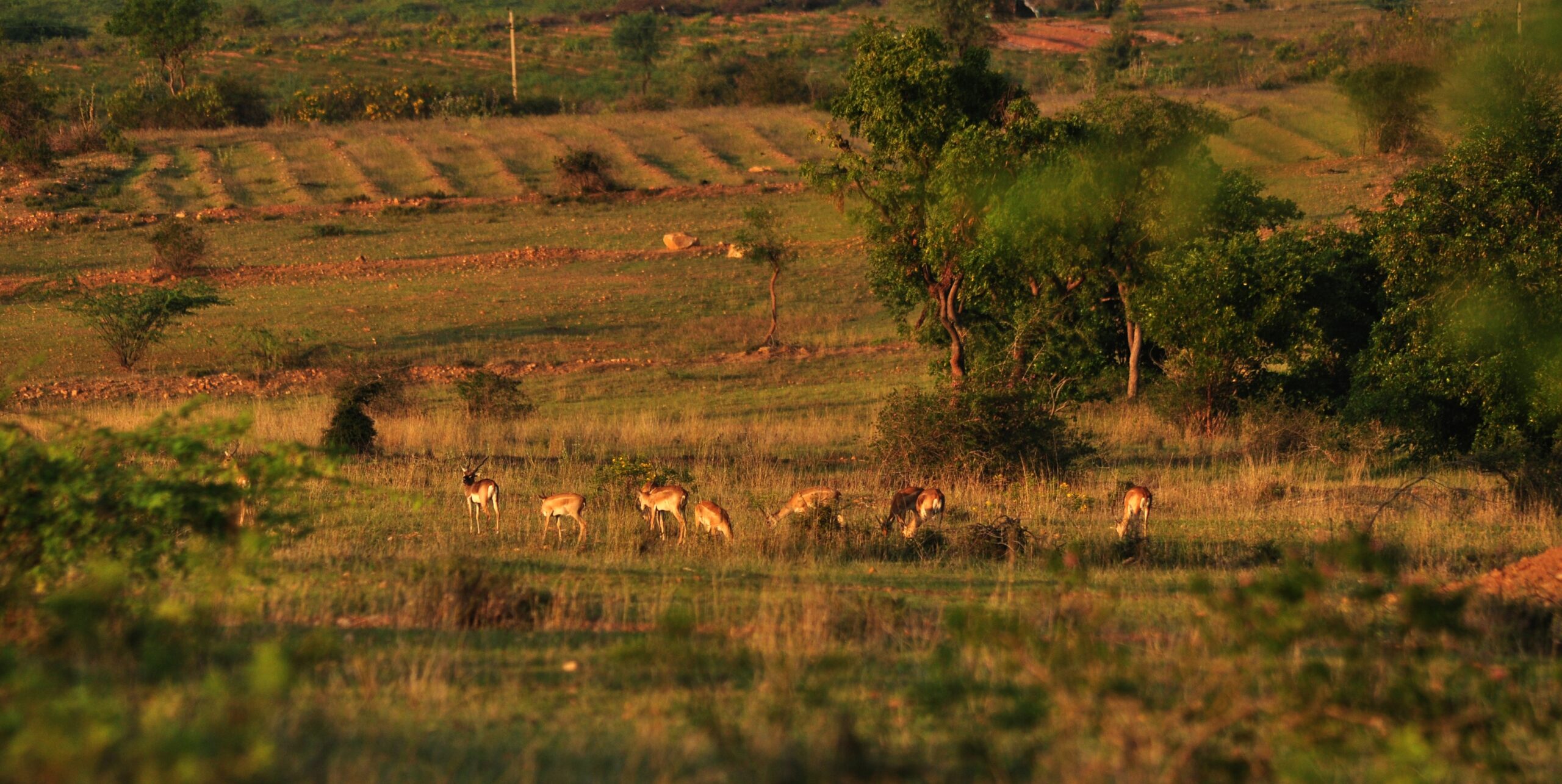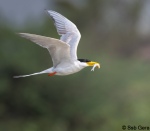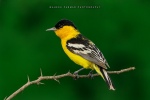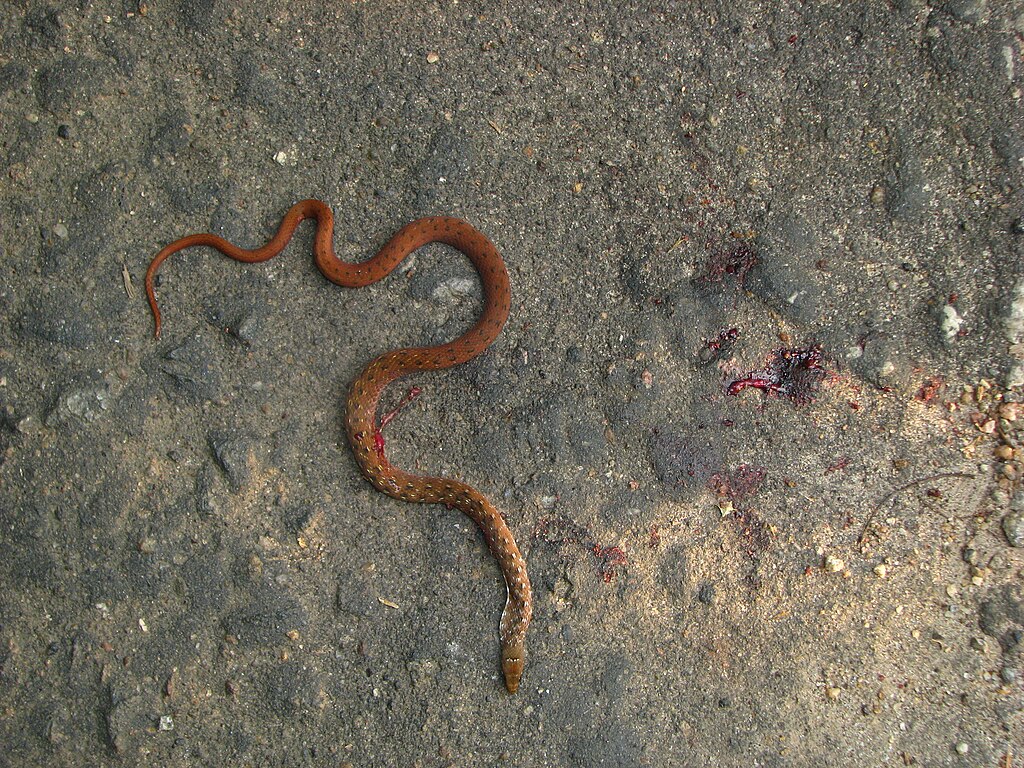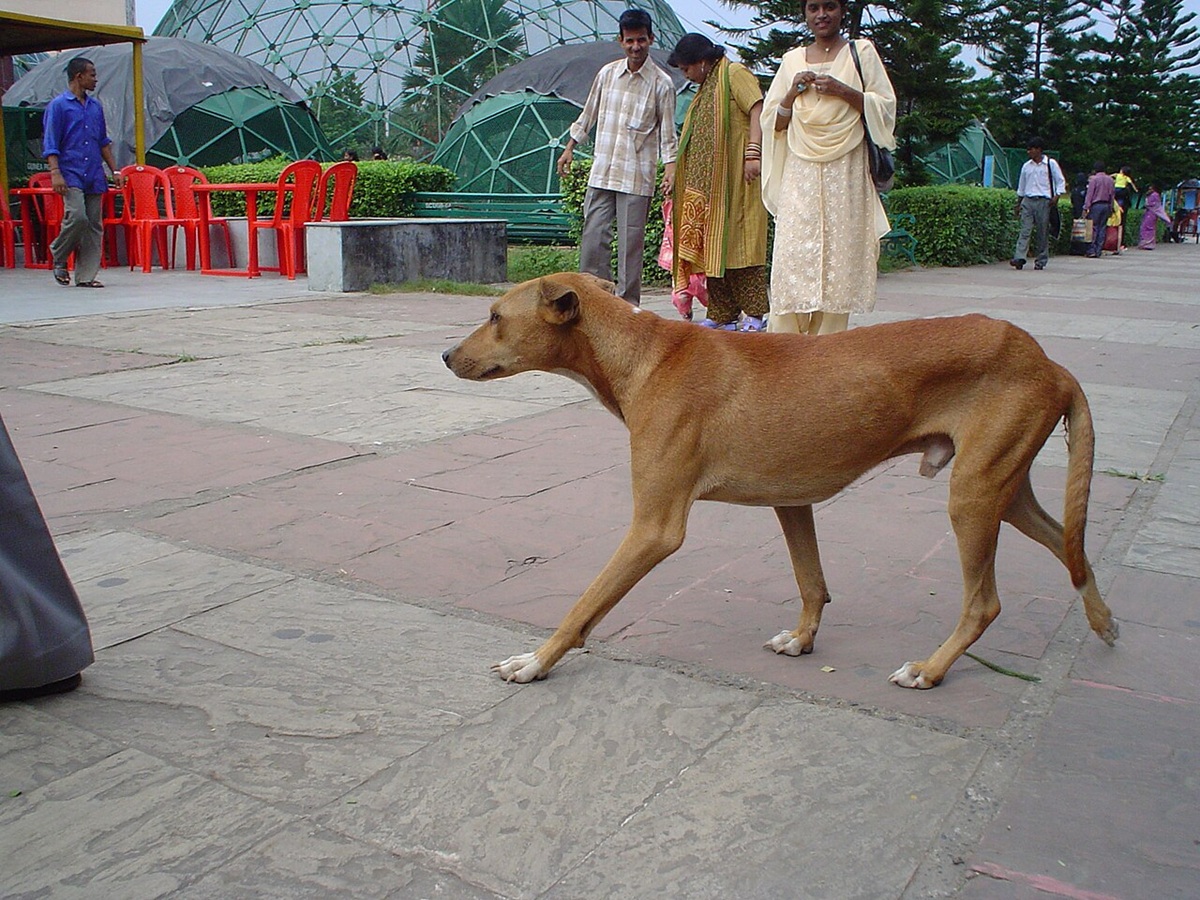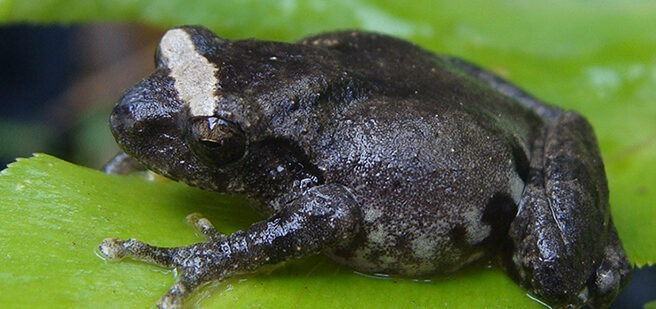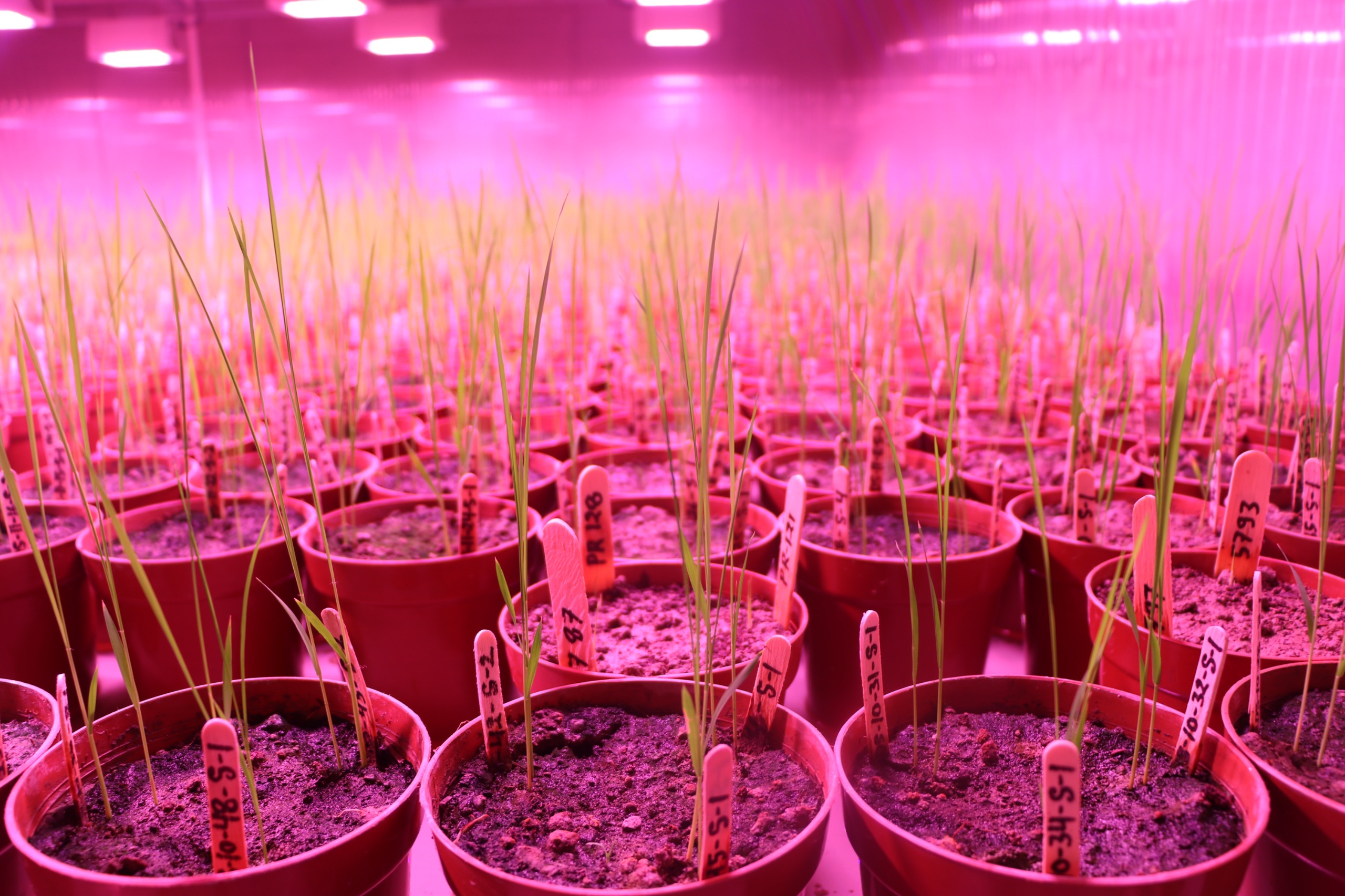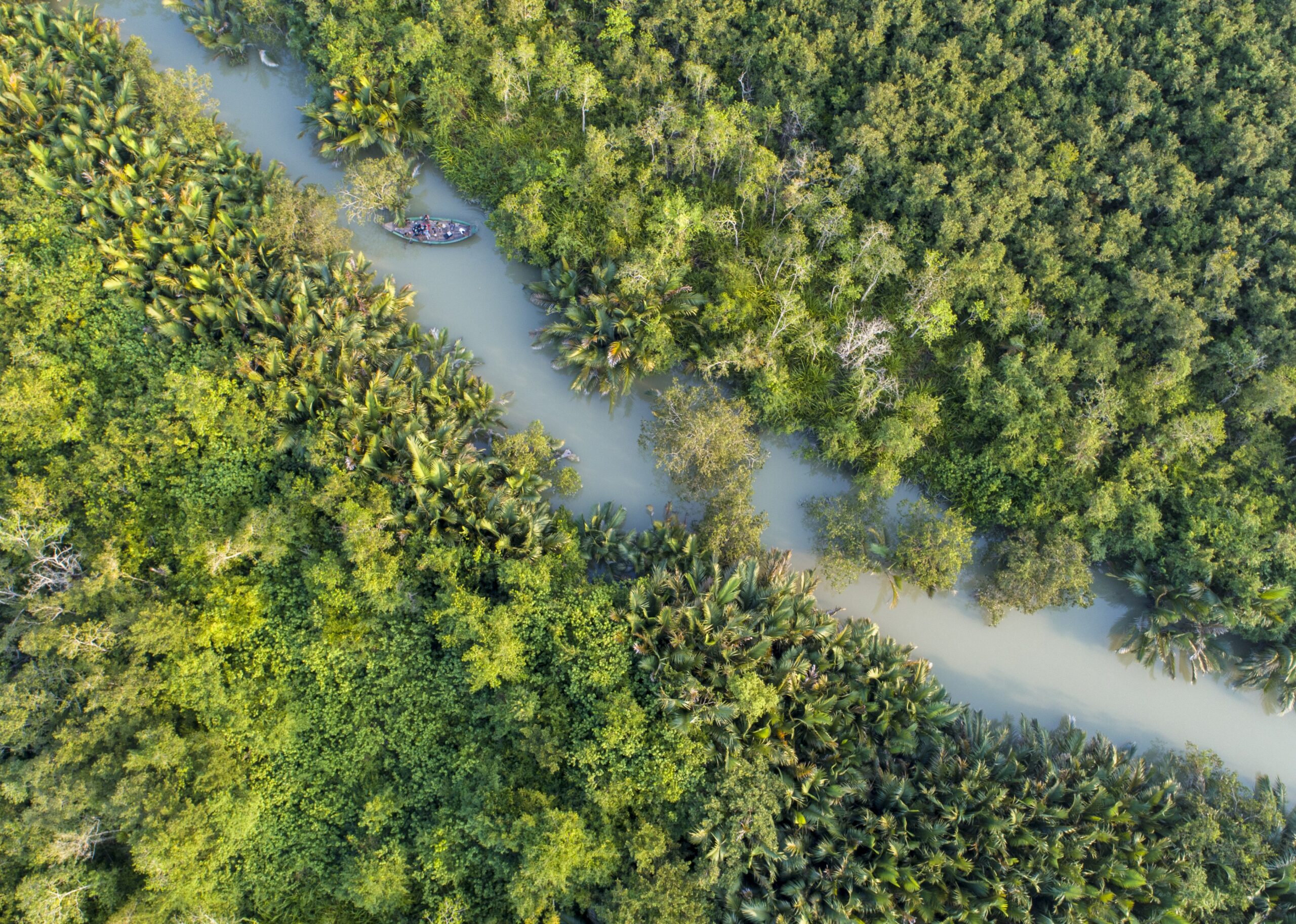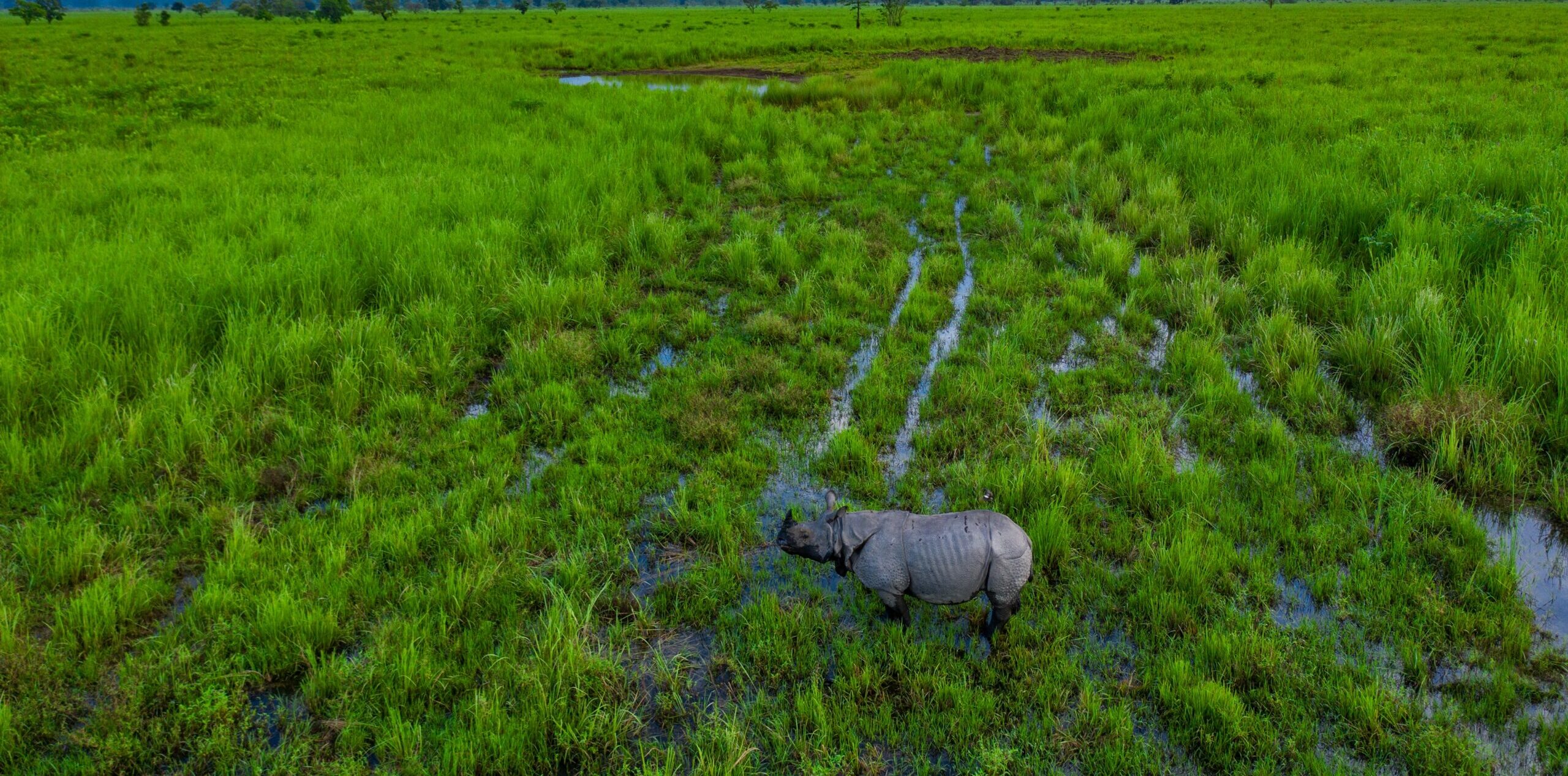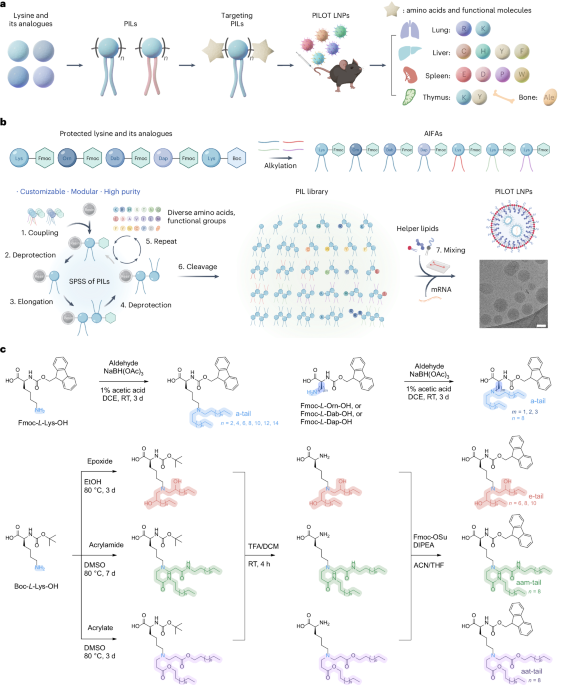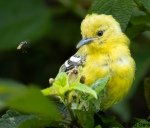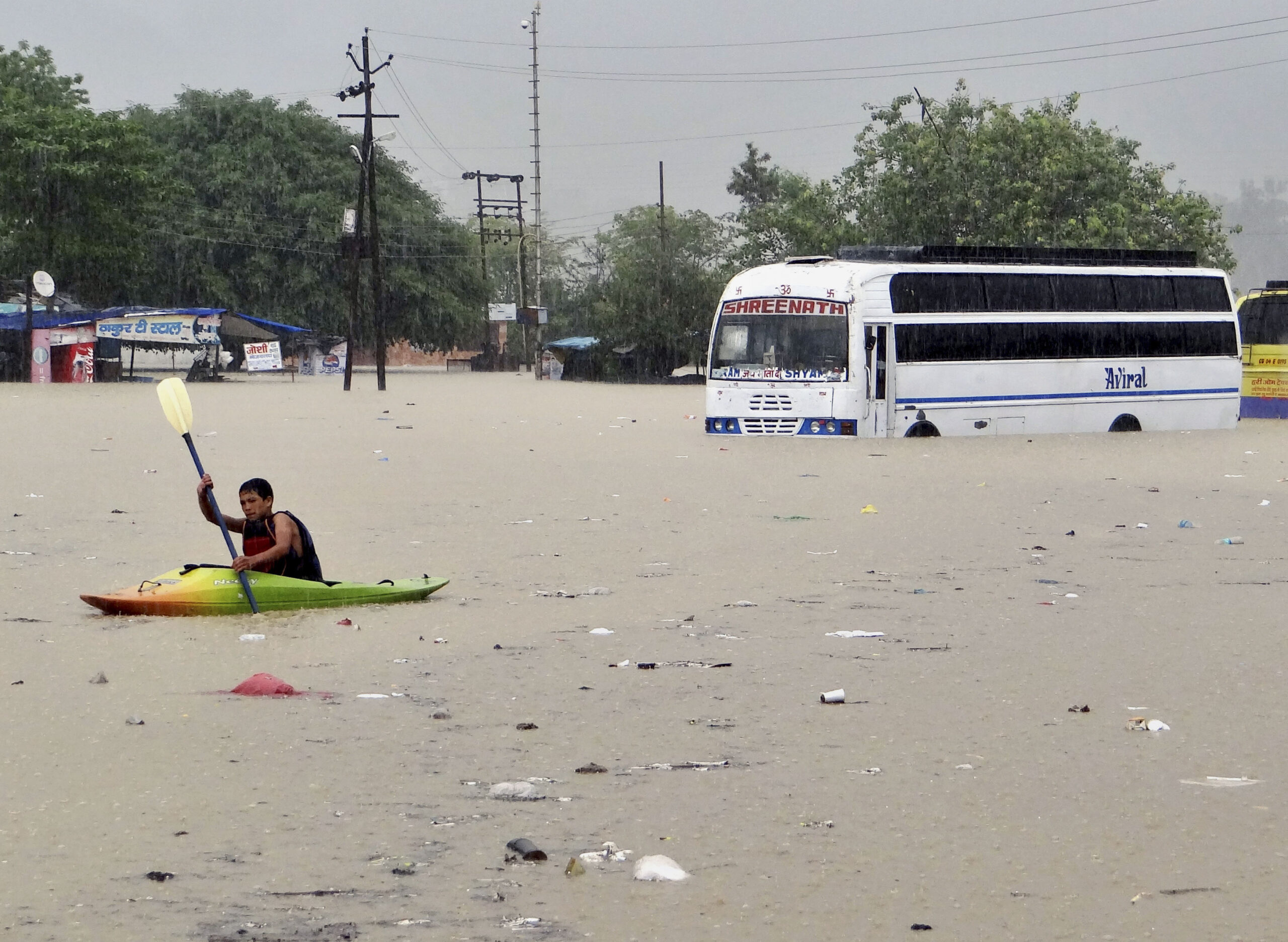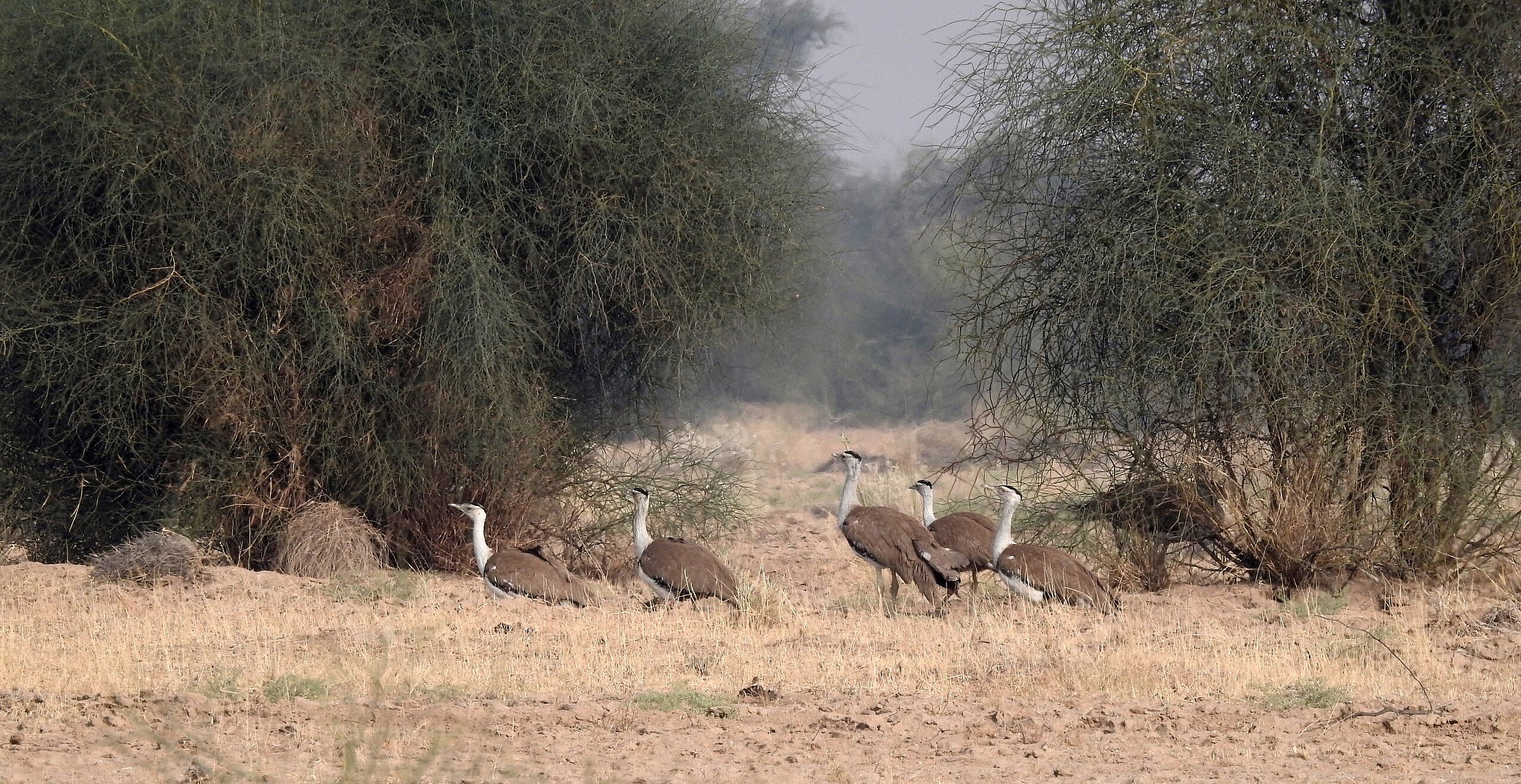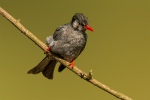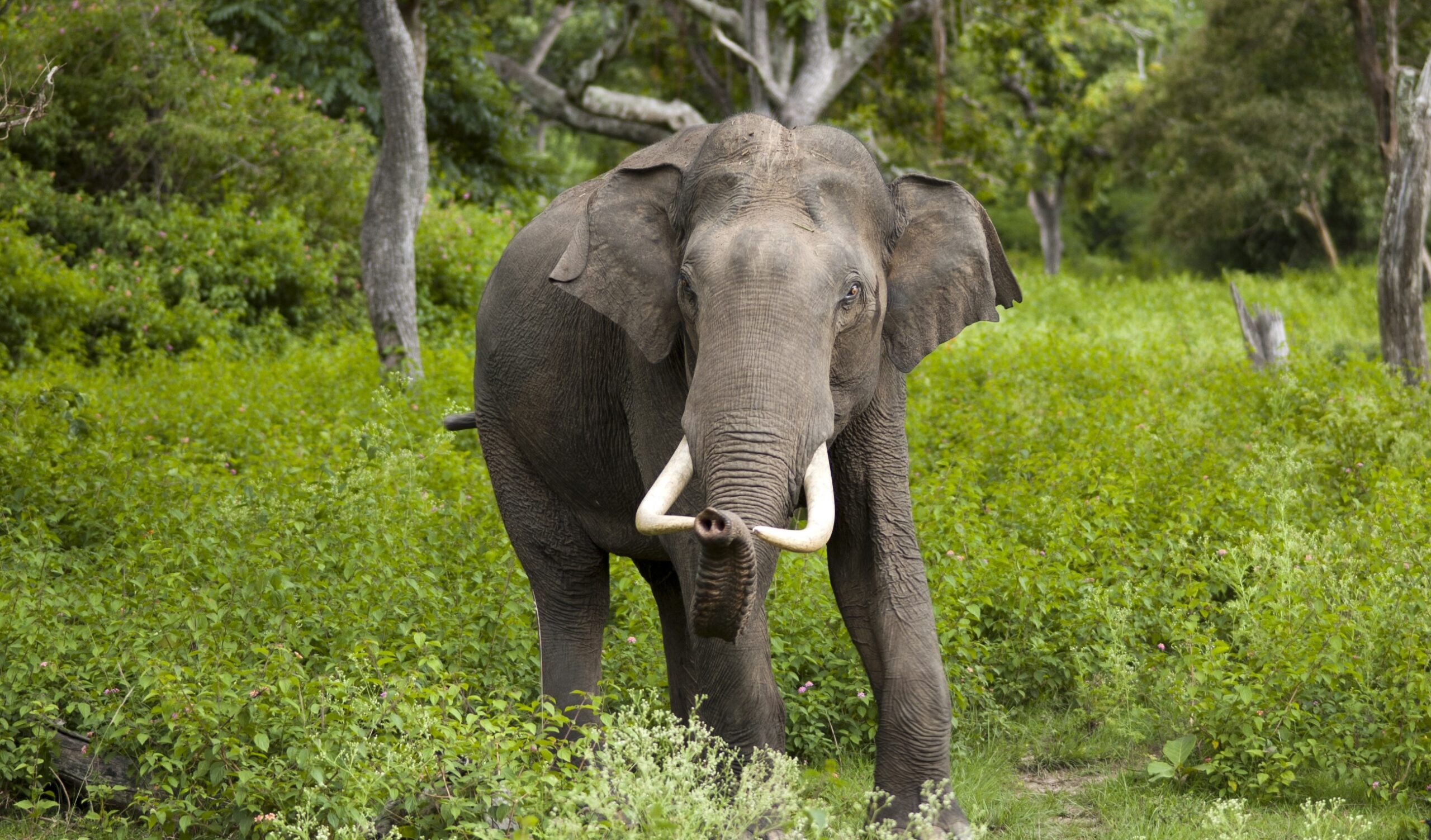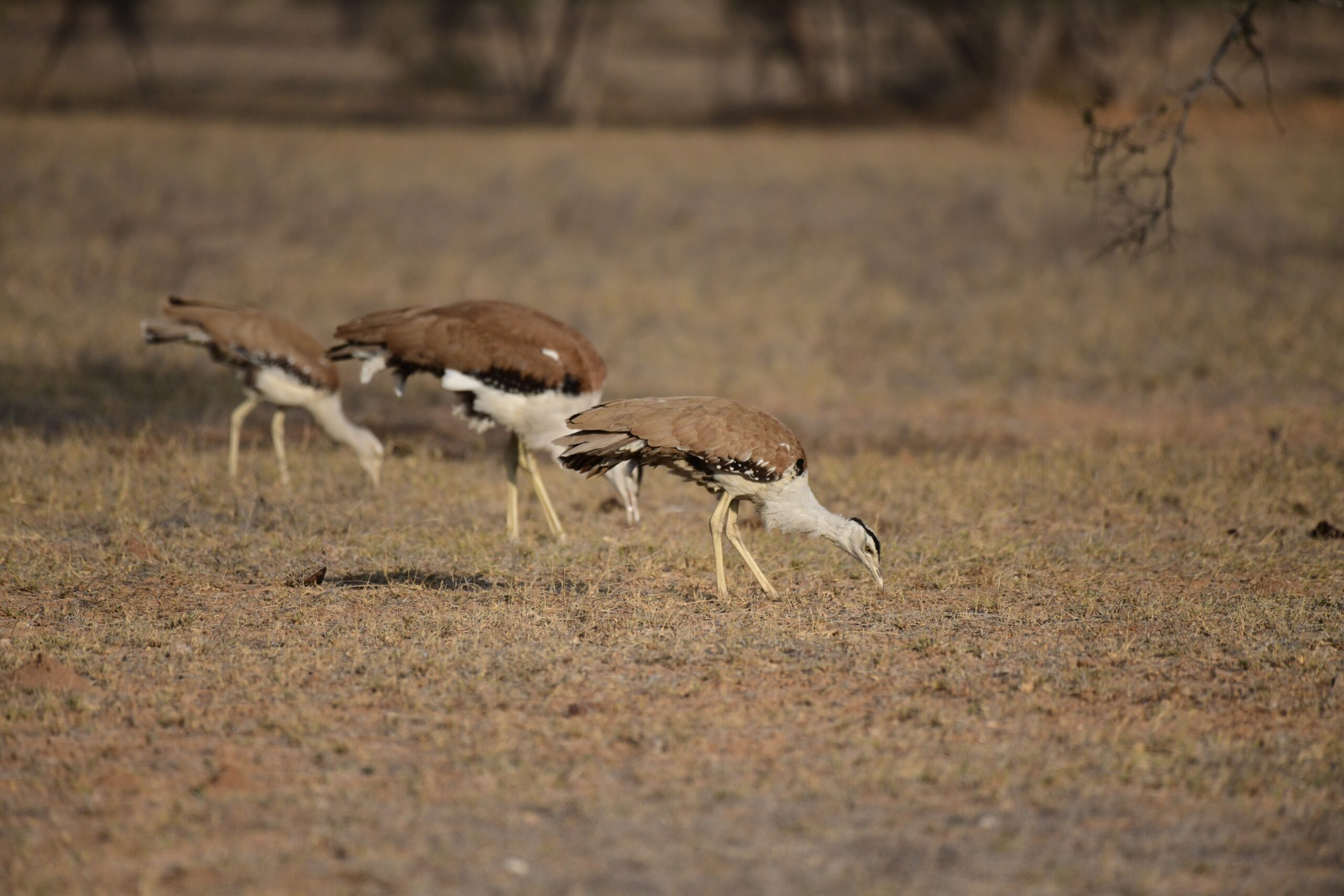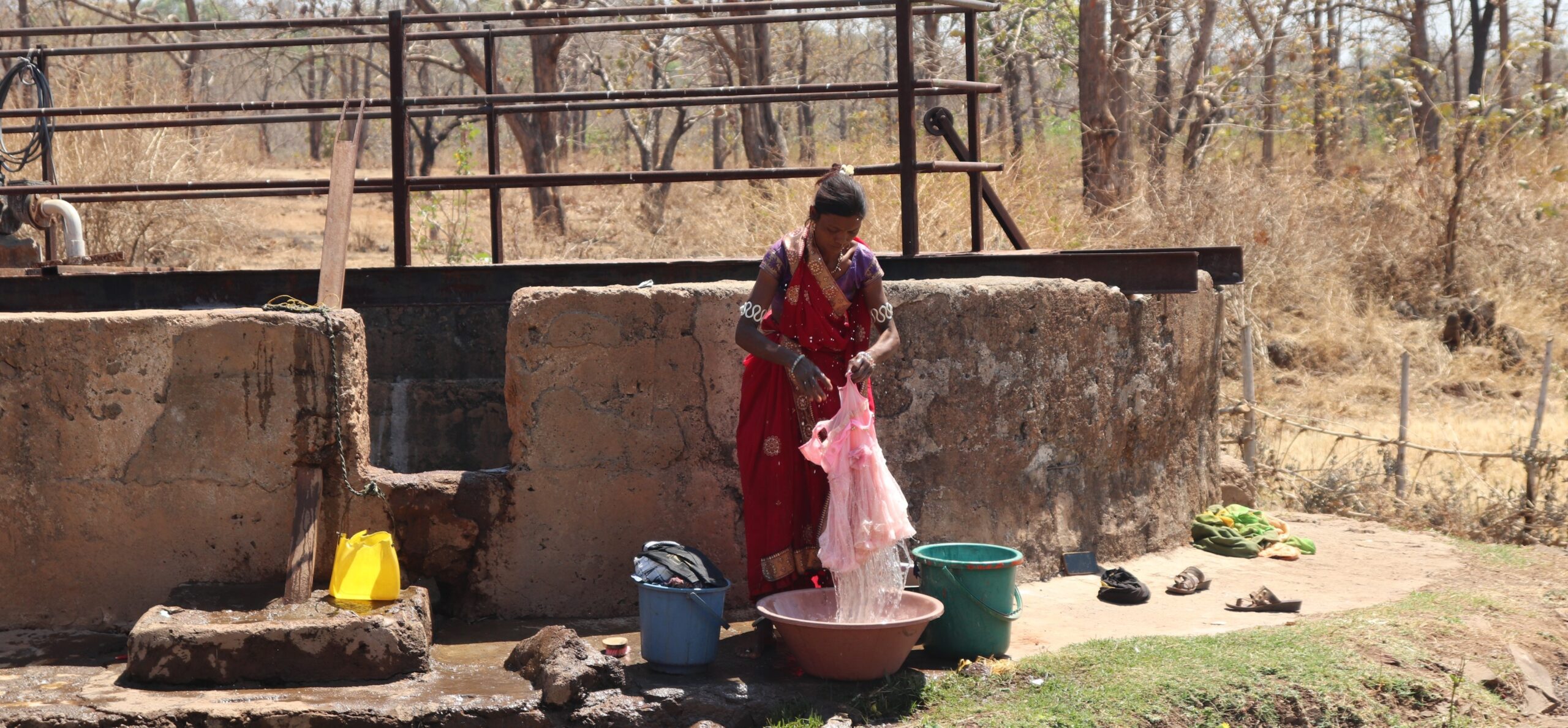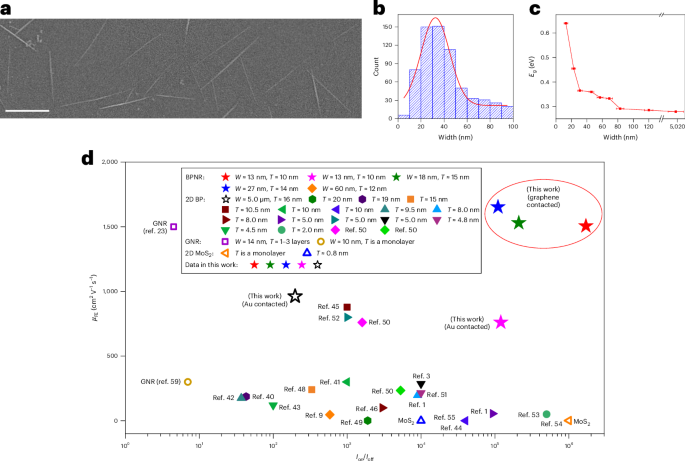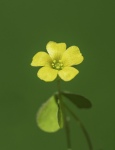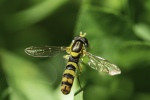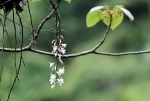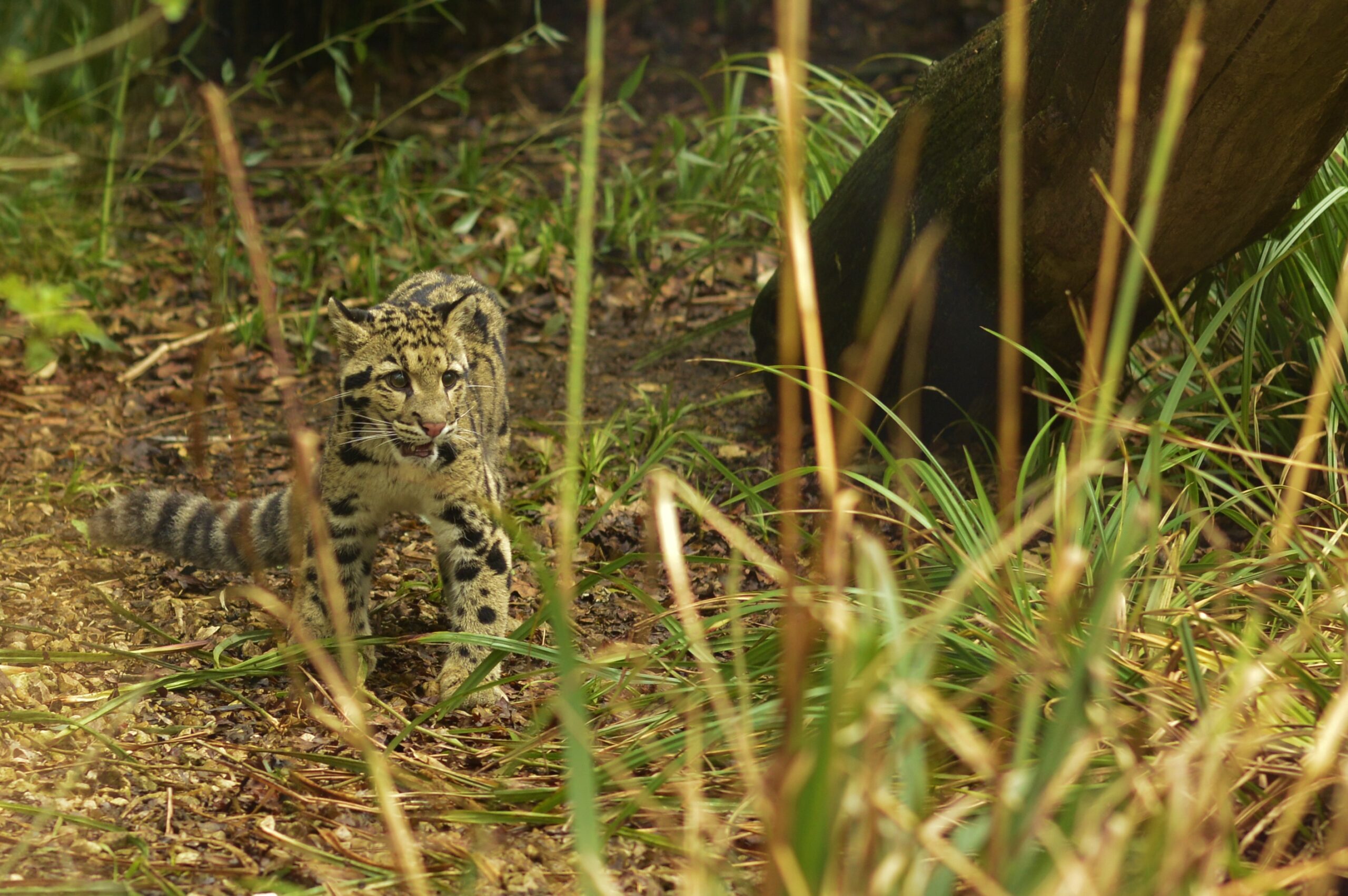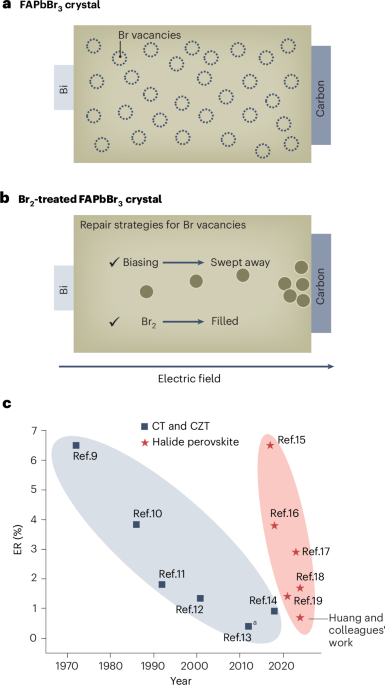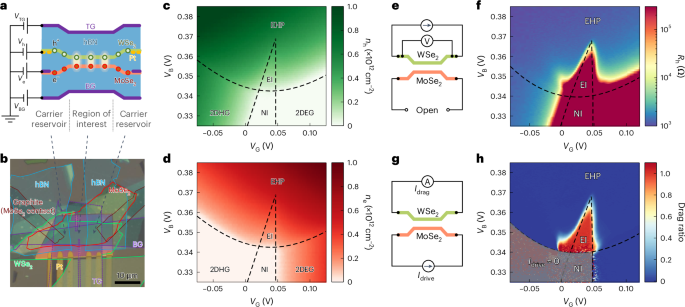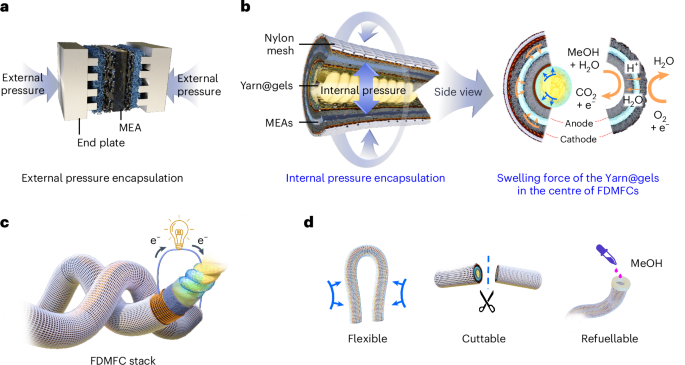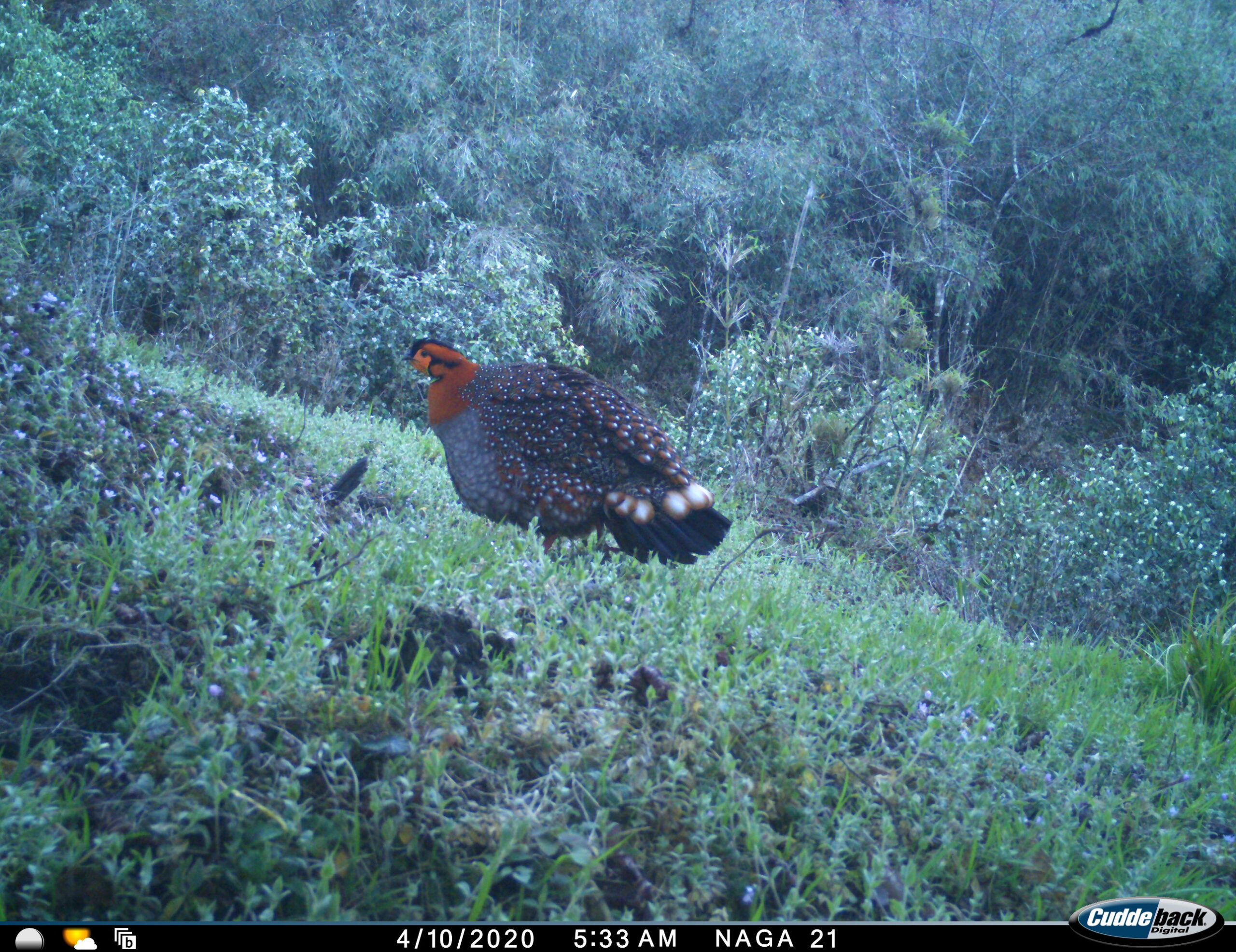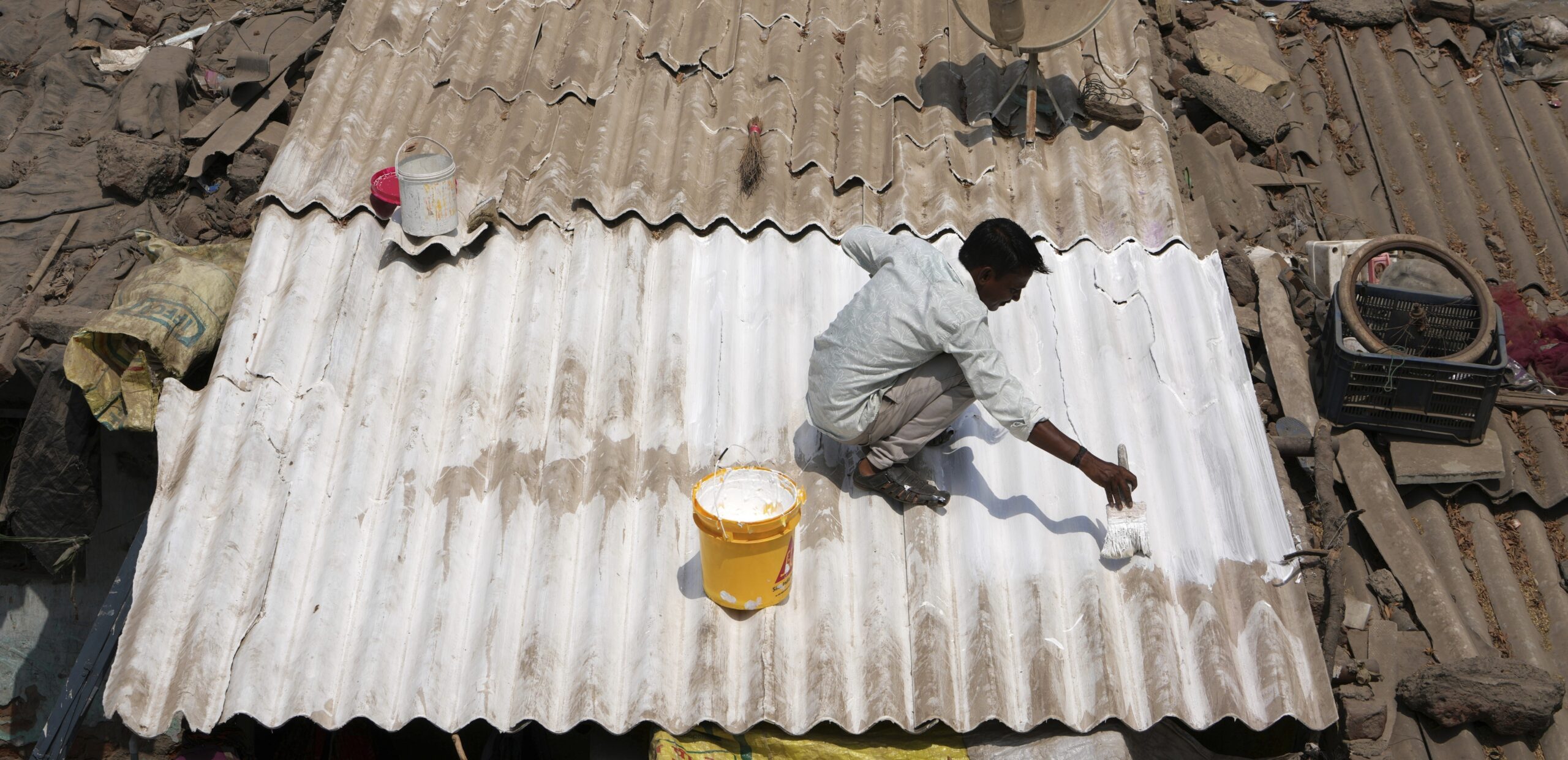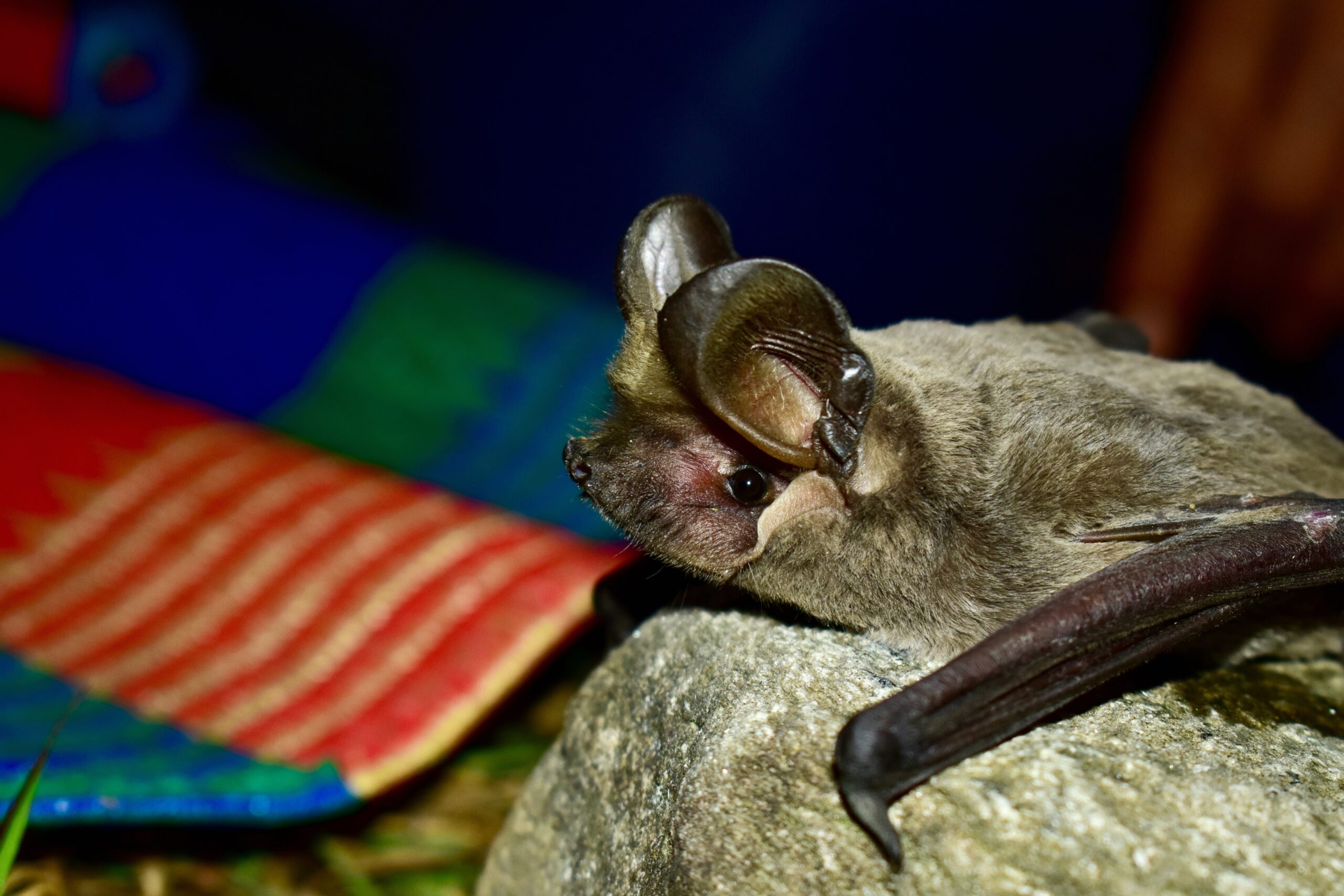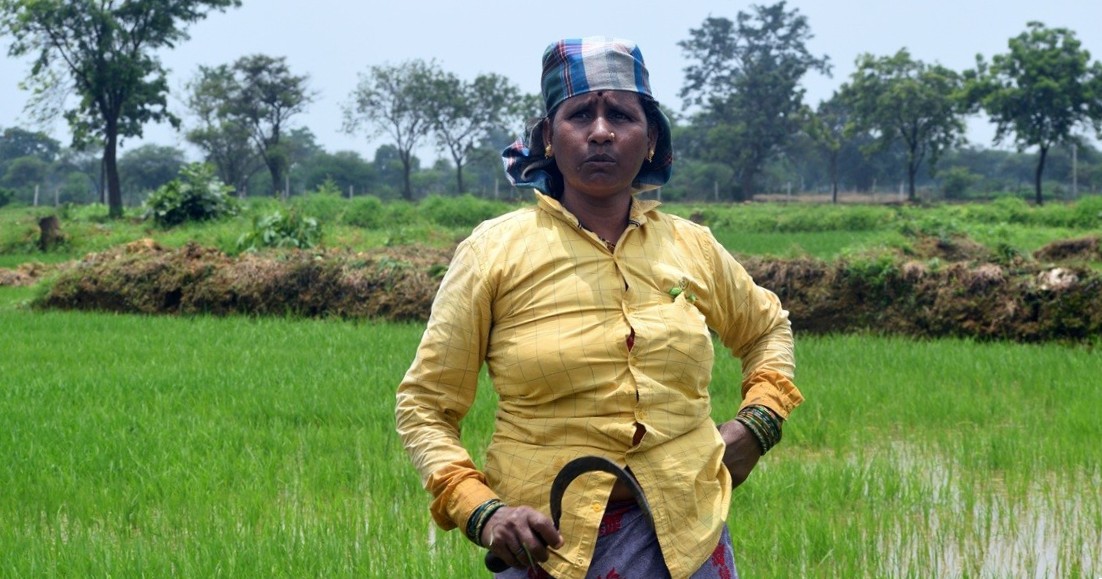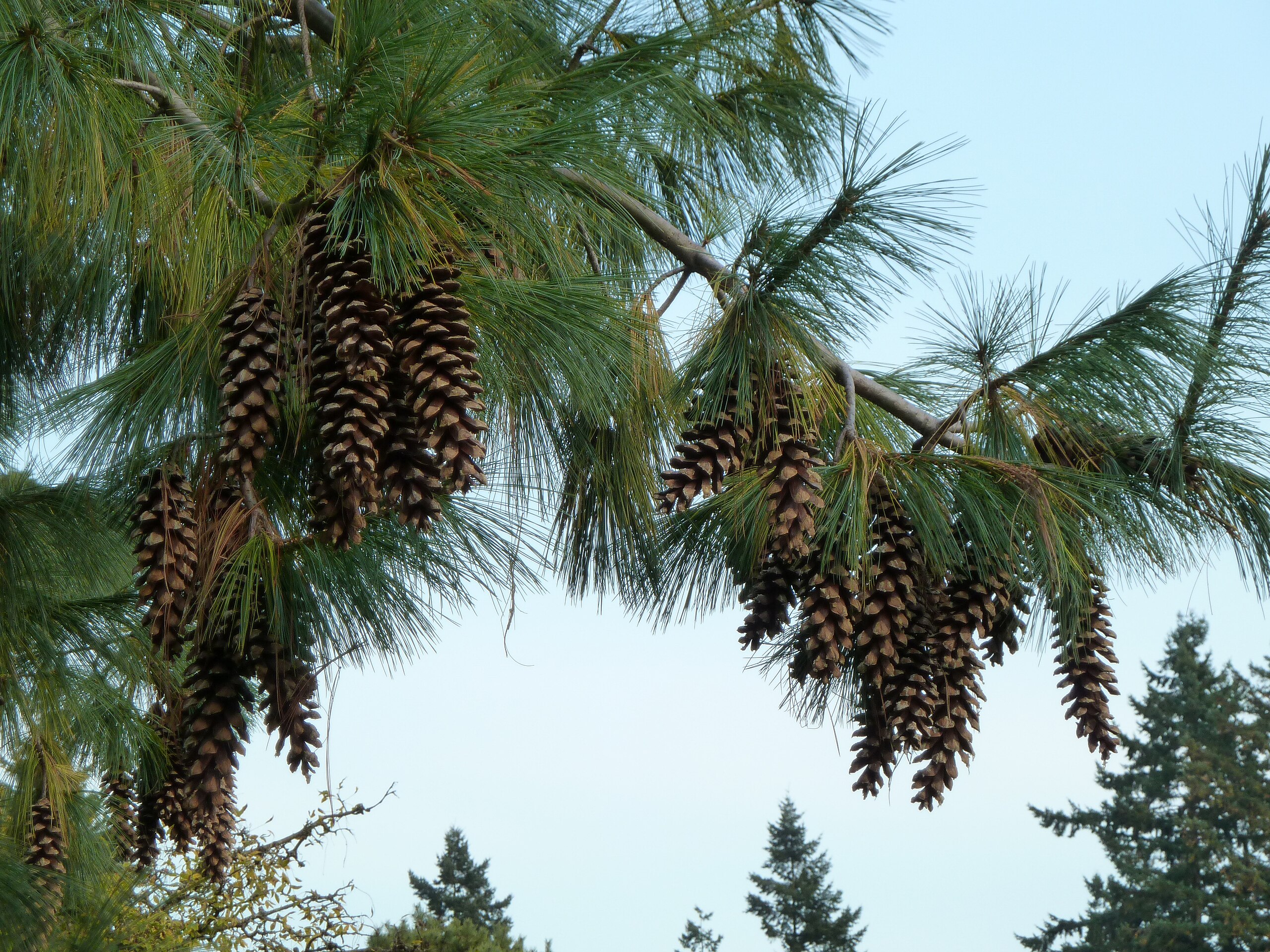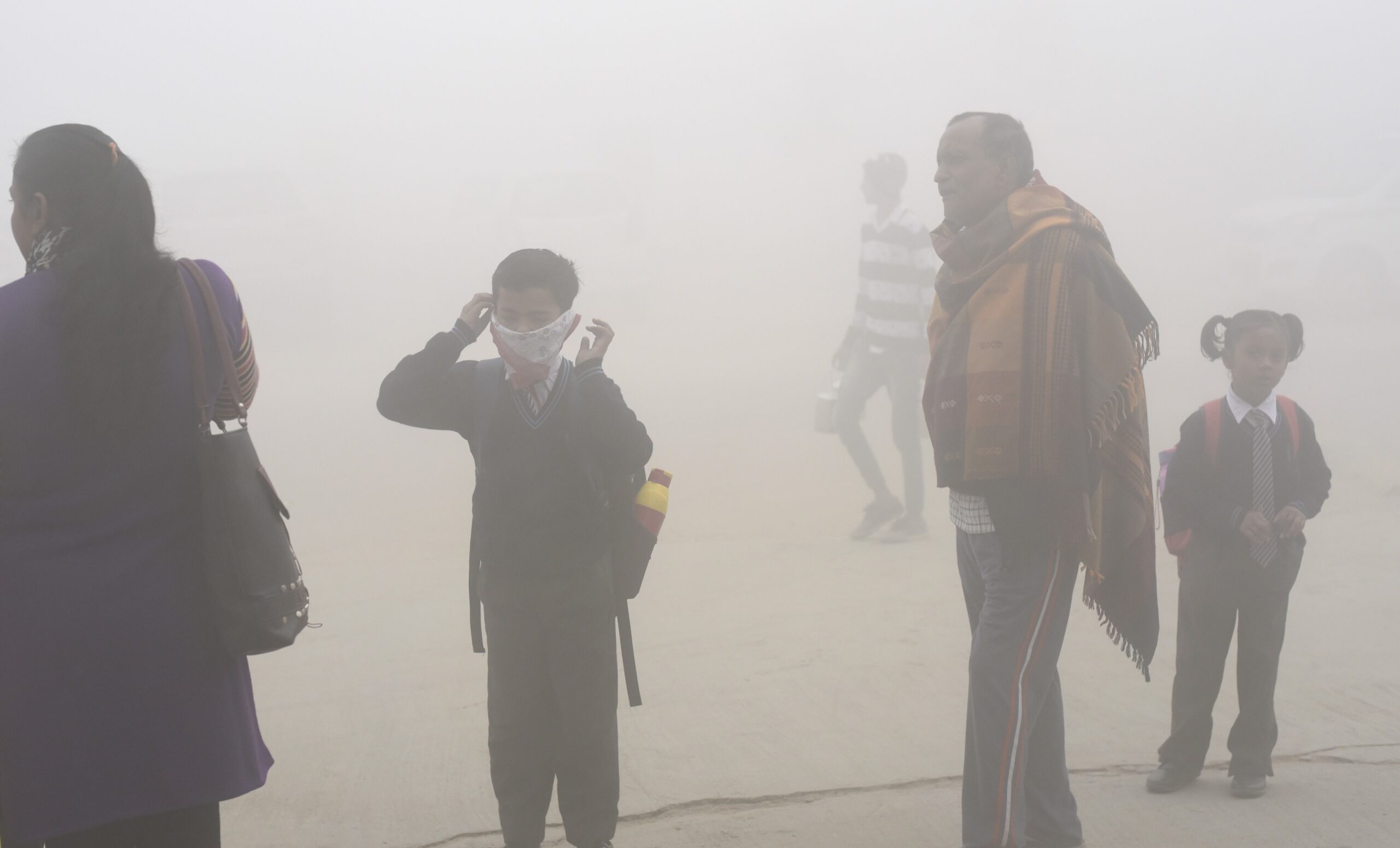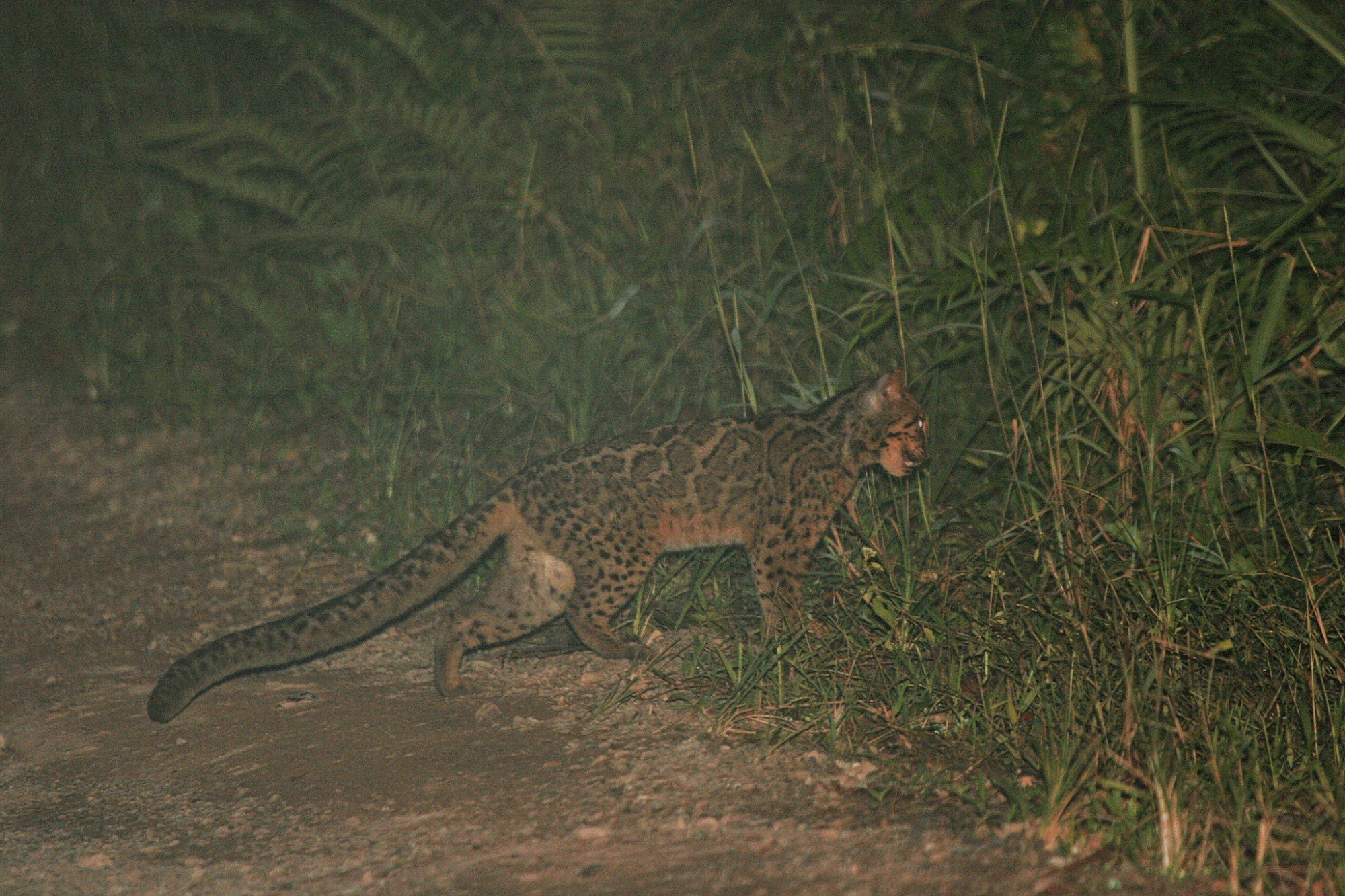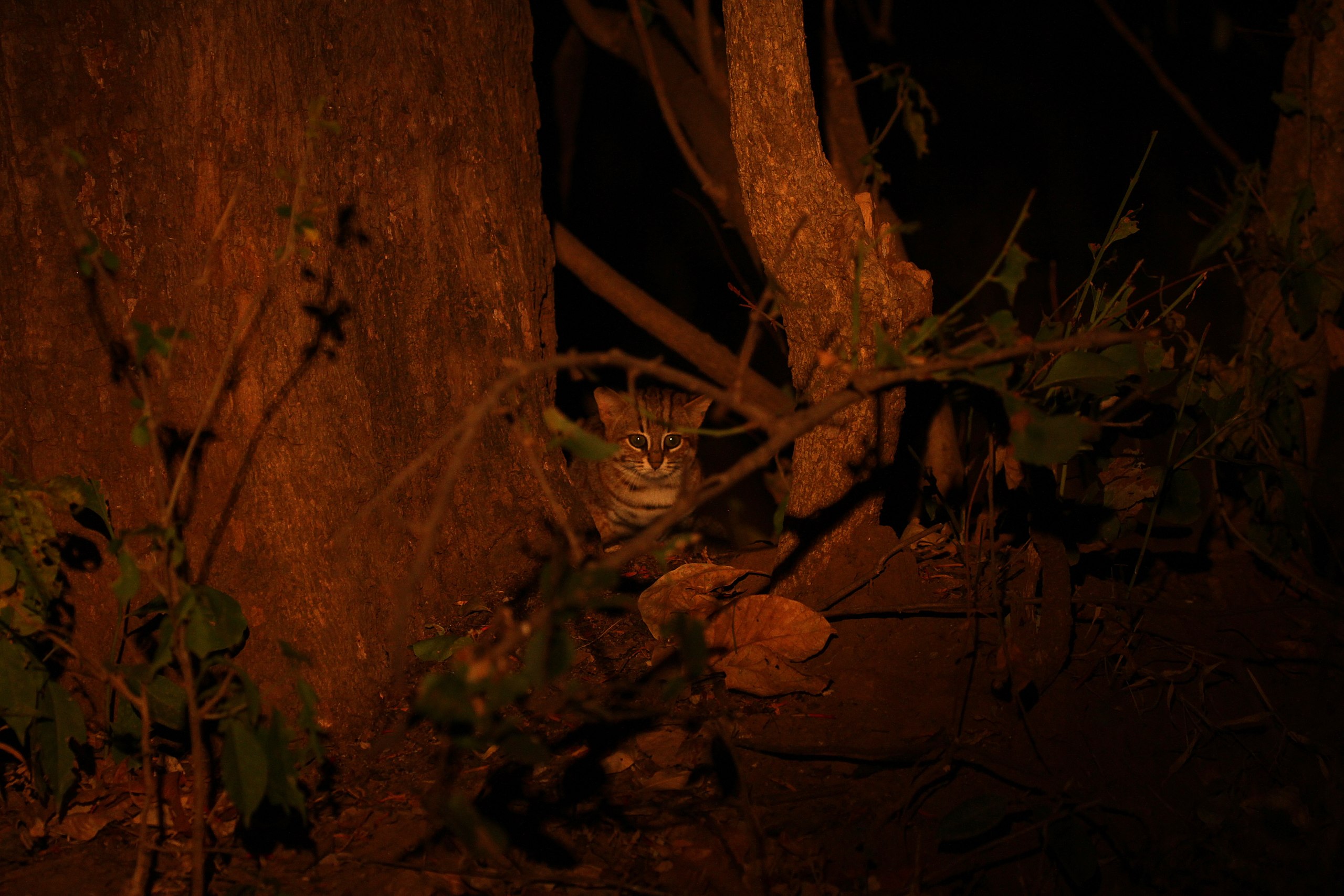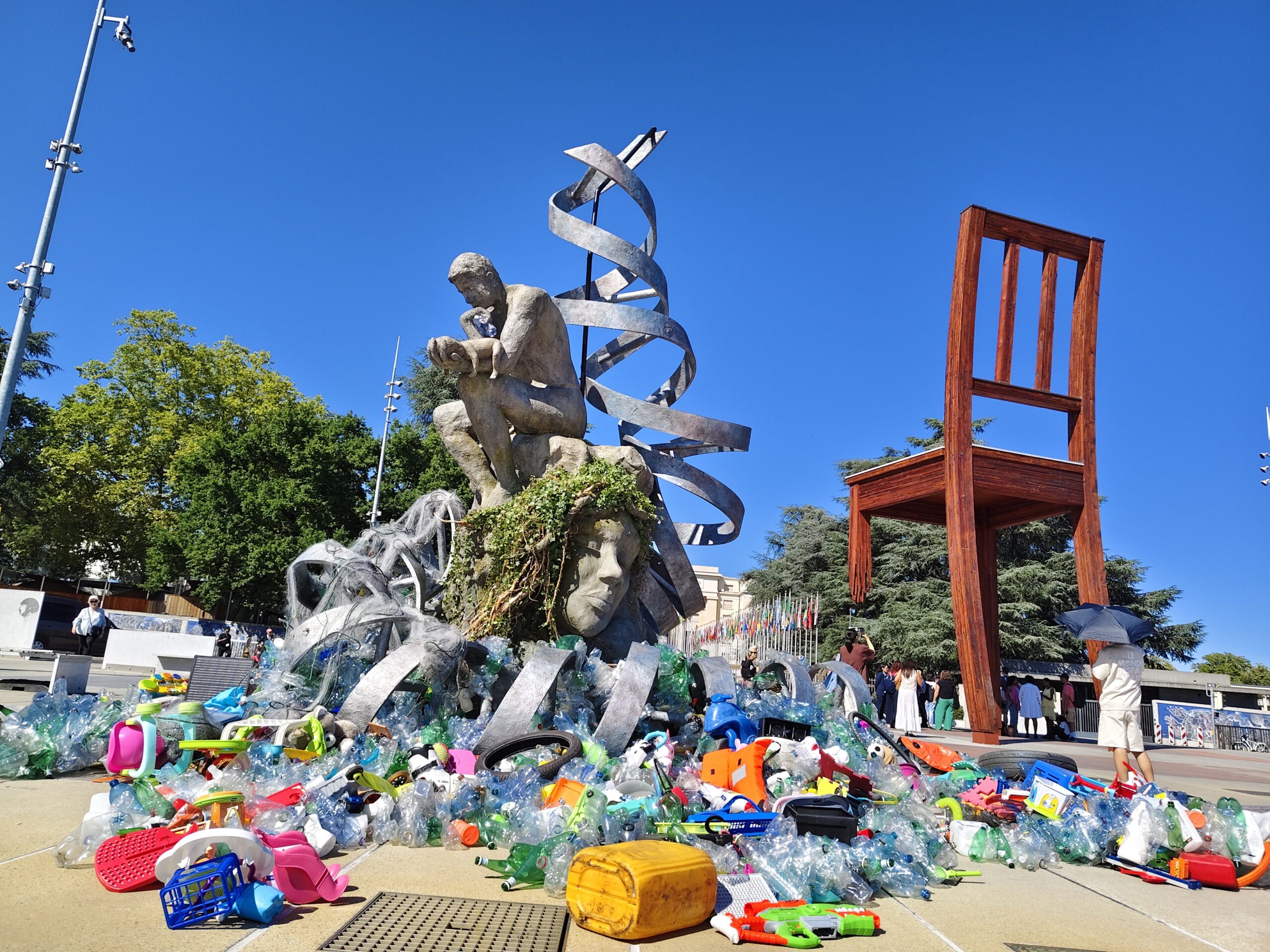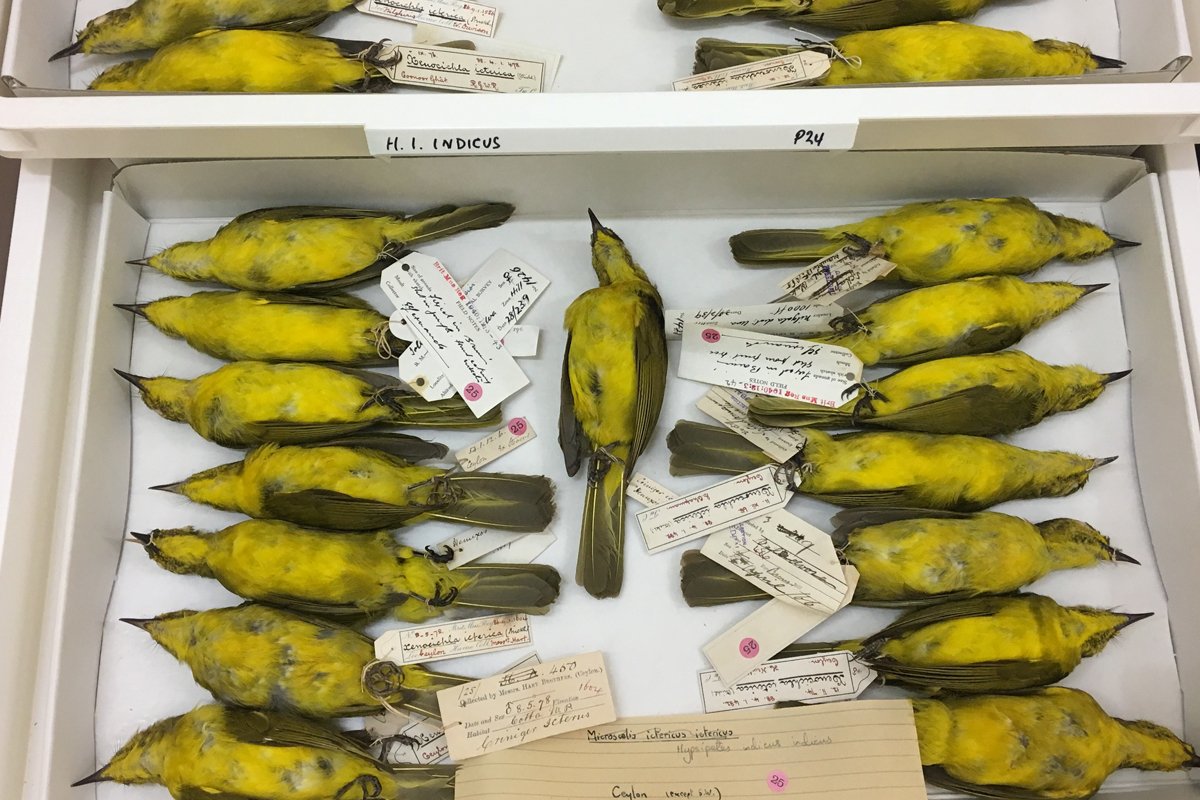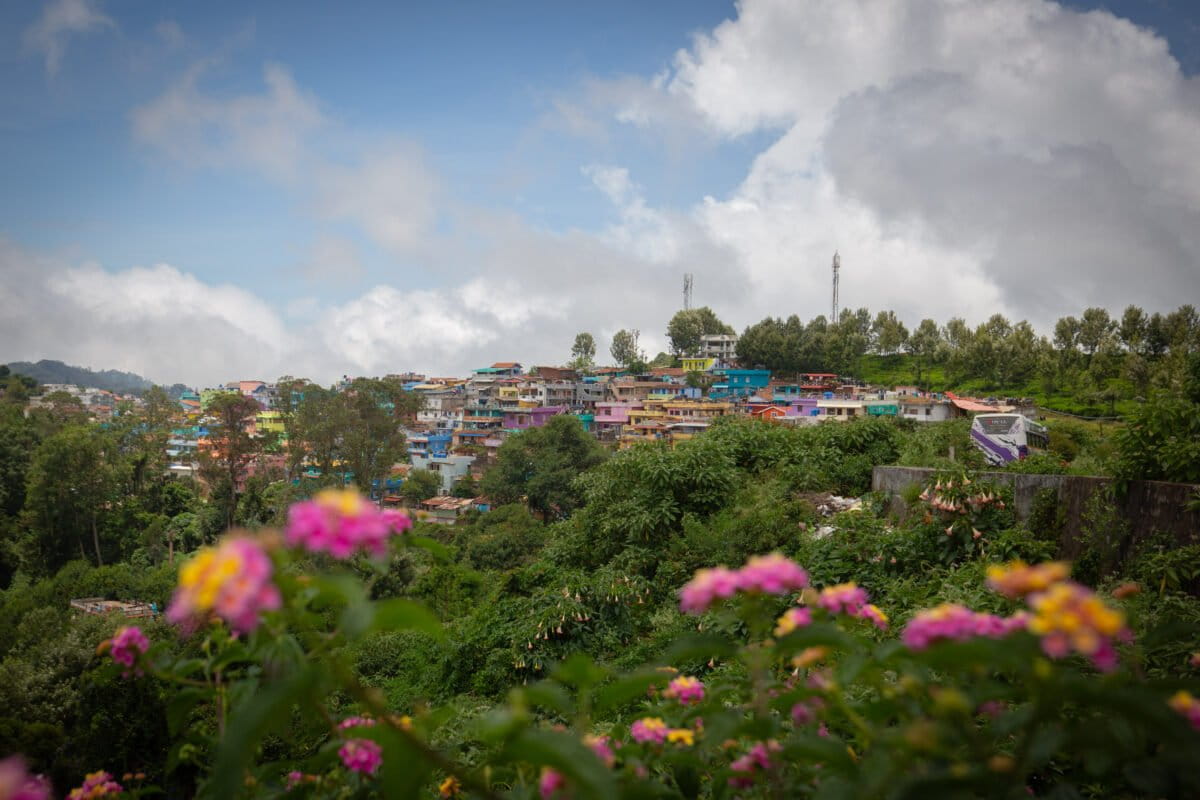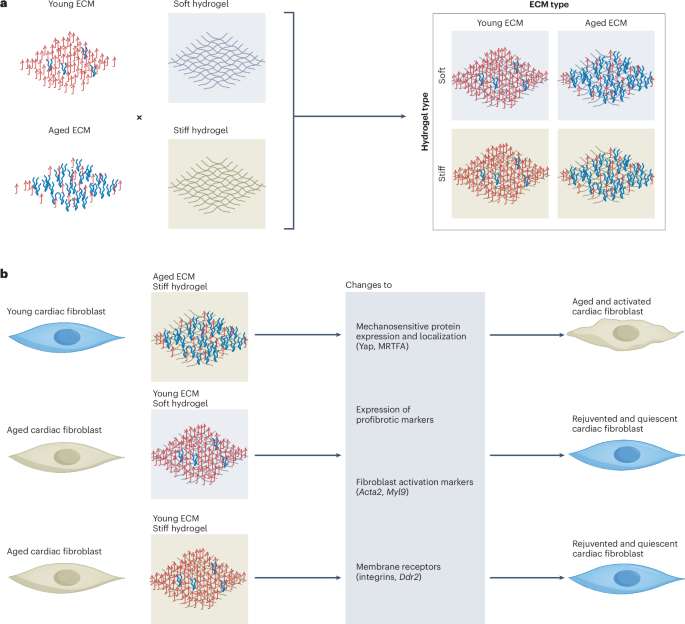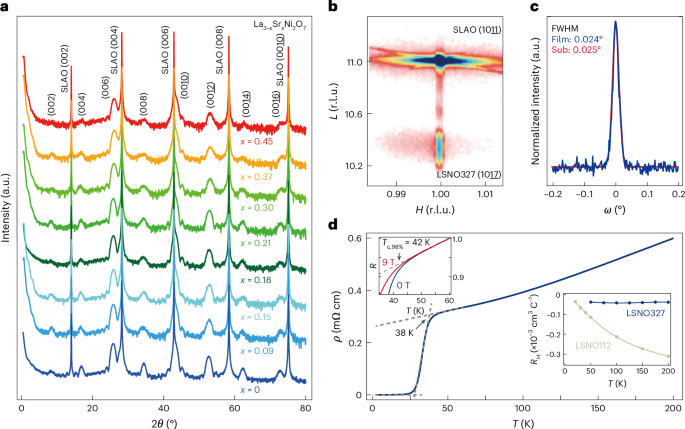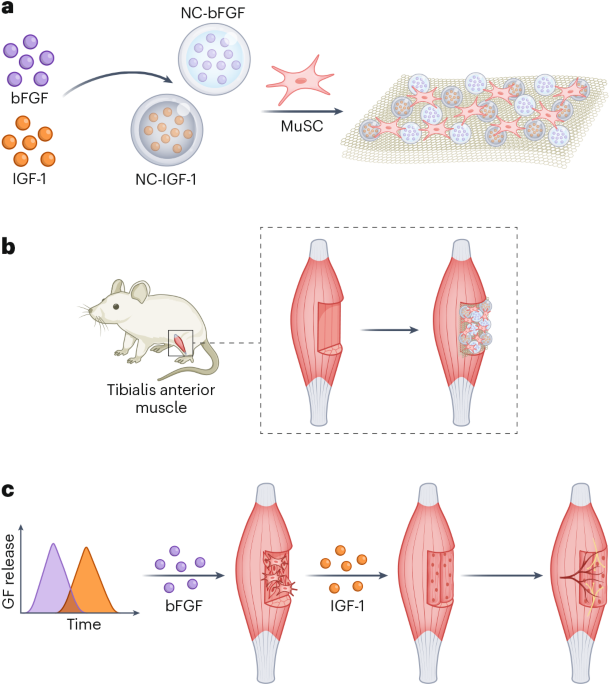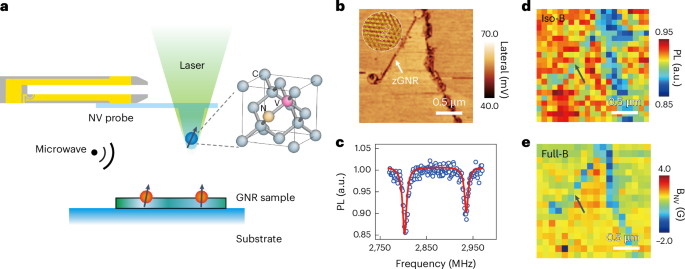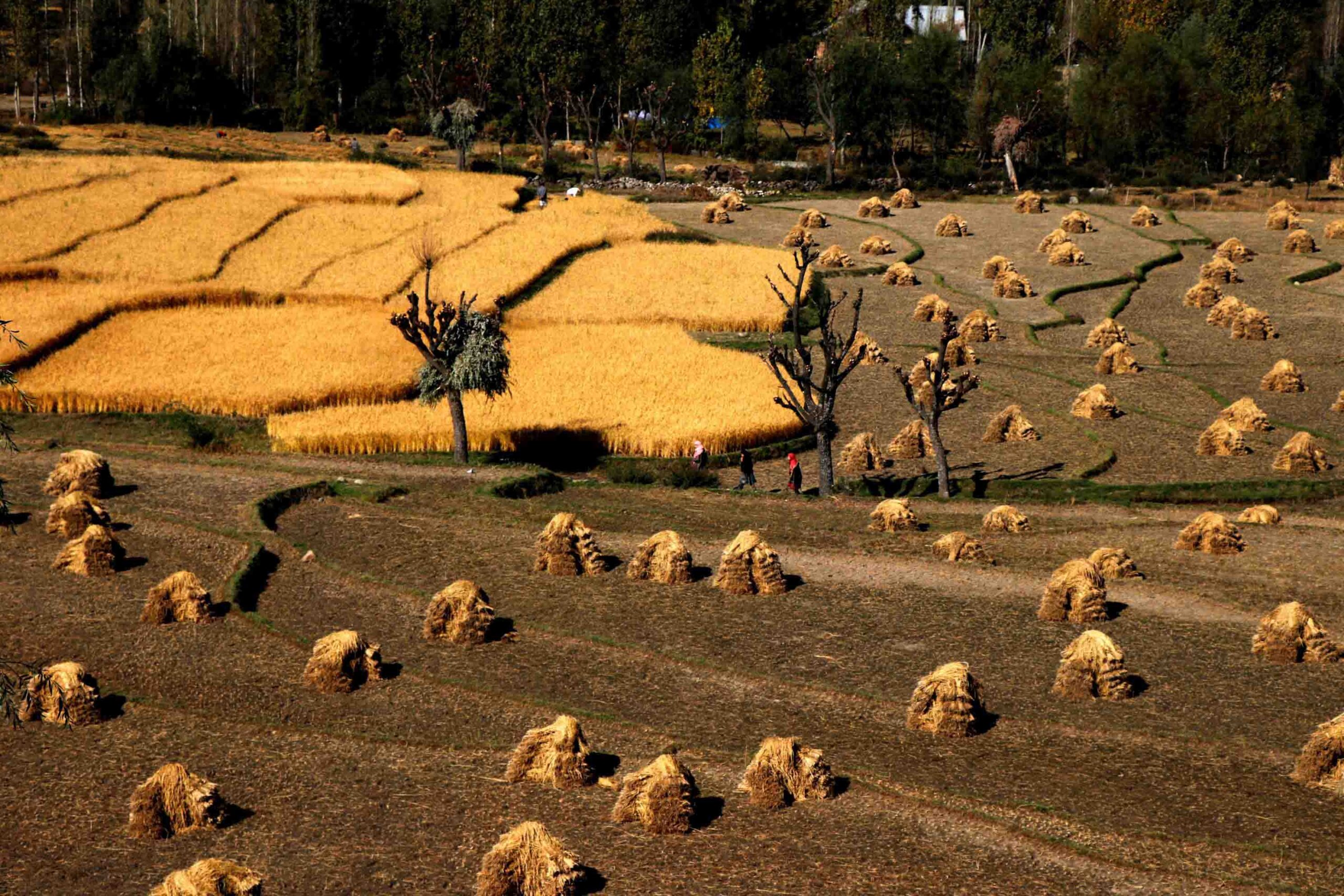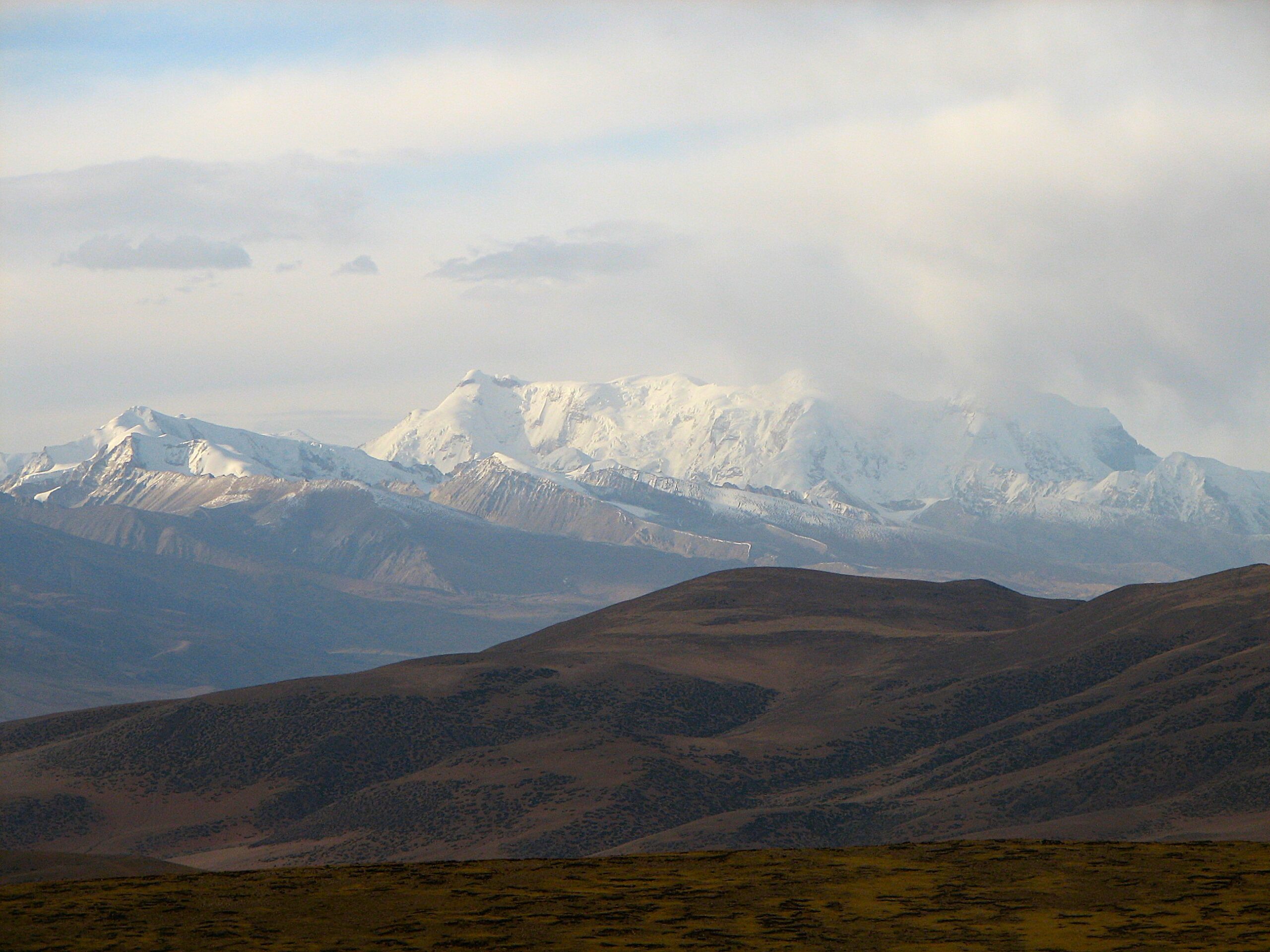
- Mawmluh, a village in the Lower Cherrapunji area, is home to a piece of Earth’s history, the Mawmluh Cave, an international heritage site.
- The Cave is known for its stalagmites that offer insights about the Earth’s past climates.
- The residents of Mawmluh created a tourism model surrounding not just the Cave, but also the biodiversity in the region, while creating livelihood opportunities for the youth.
- The views in the commentary are that of the author.
Cherrapunji, also known as Sohra, is located in the East Khasi Hills district of Meghalaya. A region with records of the highest rainfall, it is among the wettest regions of the world. Situated in the Lower Cherrapunji area, under the Sohra Civil Sub-division, is Mawmluh, a village with a population of around 1,500. It is the last village on the Sohra plateau before the hills begin their descent. Mawmluh has adopted a sustainable and niche tourism model that also benefits the residents.
Tourism potential
The hills, mountains, forests, waterfalls around Mawmluh make it a very picturesque destination for tourists. But that’s not all. The village is the proud protector of a piece of Earth’s history — Mawmluh Cave. Situated at an elevation of 1,200 metres, the Cave, one of the longest and deepest caves in India, holds evidence of the events in the geological history of Earth. The geological time scale divides the Earth’s history into units of time based on geological and biological events. The smallest division or unit of this timetable is the geological age. We now live in the “Meghalayan age”.
The changes that take place on Earth get recorded in the chemistry of rocks, ice cores, and deposits below the sea floor. The strongest clue for the dramatic changes in climate that occurred 4,200 years ago in the Holocene epoch were discovered inside the Mawmluh Cave. The major climatic changes that took place at the beginning of this youngest geological time period has been learned by examining the oxygen atoms preserved in the cave formation, especially from the chemical composition in the stalagmites.
Therefore, in 2018, The International Commission on Stratigraphy (ICS), the apex body responsible for defining the geologic time scale, declared the last 4,200 years as the Meghalayan age. In the same year, in recognition of the significance of the Cave, the stalagmites were tagged as a Global Boundary Stratotype Section and Points (GSSP), the first formally ratified marker of a geological time period change in India.
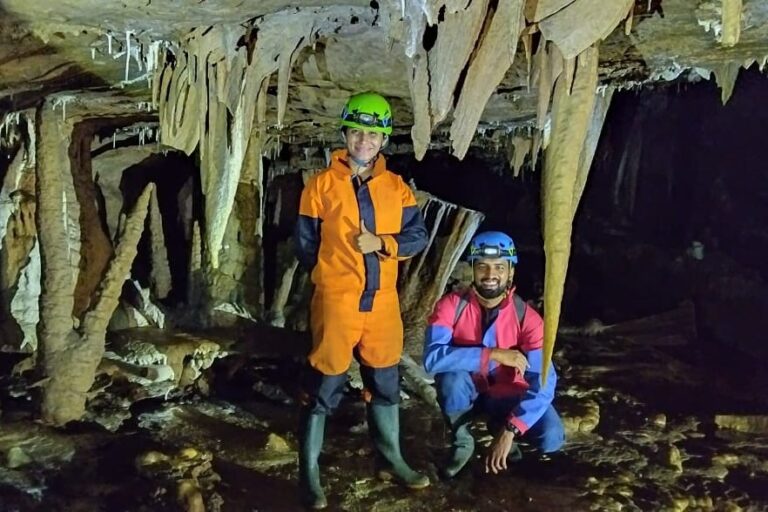
In 2022, Mawmluh Cave was declared as a heritage site by the International Union of Geological Sciences, which works closely with UNESCO.
The stunning biodiversity in the forests and hills that surround the village, along with the long and unique caves, with their own unique diversity are part of the new tourism model the village has created.
The process
Most residents of Mawmluh used to be employed by the government-run Mawmluh Chera Cement Ltd. However in 2014, as the news of its likely closure began to circulate, it raised concerns among the residents. The worried village committee began deliberations for alternatives. The idea of starting tourism as an economic activity took shape and the Mawmluh Village Tourism committee was born. It began with establishing homestays and shops. But the committee as a forum did not have the bandwidth to attract recognition or funds. It was dismantled in 2017, and in its place was established the Mawmluh Tourism and Allied Activities Cooperative Society (MTAACS). This society of 30 members has since become the guardian, promoter and overseer of all tourism infrastructures and activities in the village.
In 2018, the Society affiliated with The Mawmluh Rural Tourism Cooperative Federation, Meghalaya’s Apex body formed to promote tourism in rural areas.
When the COVID-19 pandemic struck, the cement factory eventually shut down. The younger generation started migrating out from the village in search of jobs. The village elders who had seen several highly educated residents migrating to cities years ago, did not want a repeat of that situation. They wanted to retain the youth in the village with a well-organised tourism project that would give them job opportunities.
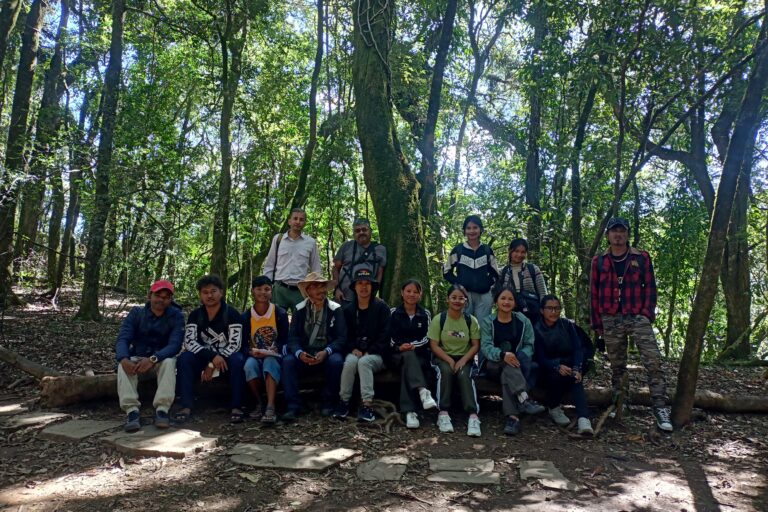
The projects
In 2019, the first tourism project called ‘The Highland Camp’ was established with just three tents and a small restaurant, with funds provided by the Tourism Cooperative Federation. Away from the village, and amongst the sylvan surroundings of hills, streams and forests, it was designed to cater to adventurers and nature lovers.
When Mamluh Cave became famous with the declaration of “Meghalayan Age” the village too came under limelight. An agency called Meghalayan Age Limited provided financial support to potential tourism projects across the state of Meghalaya. They offered funds to MTAACS too.
Then, the Hundred Waterfall Camp with four luxury tents and catering facility was established, this time closer to the village. However, due to the Covid-19 pandemic, both the projects were stalled and could be inaugurated only in 2022.
In 2023, impressed by the tourism model put in place, the Directorate of Soil and Water Conservation Organisation, East Khasi Hills, provided the money to start Monolith, an upmarket restaurant that now caters to tourists, visitors as well as the general public. In a state where mass tourism was rampant and the destructive effect of it on the environment was very visible, the Mawmluh village cooperative members were very clear that it was not the path they would take.
“We don’t want our village to turn into a dustbin,” said Bansan Kupar Lyngdoh, the MTAAC’s secretary. “We have to be aware of the carrying capacity of this place. “We want tourists to understand the uniqueness of this place and be responsible towards the surroundings,” said Lyngdoh.
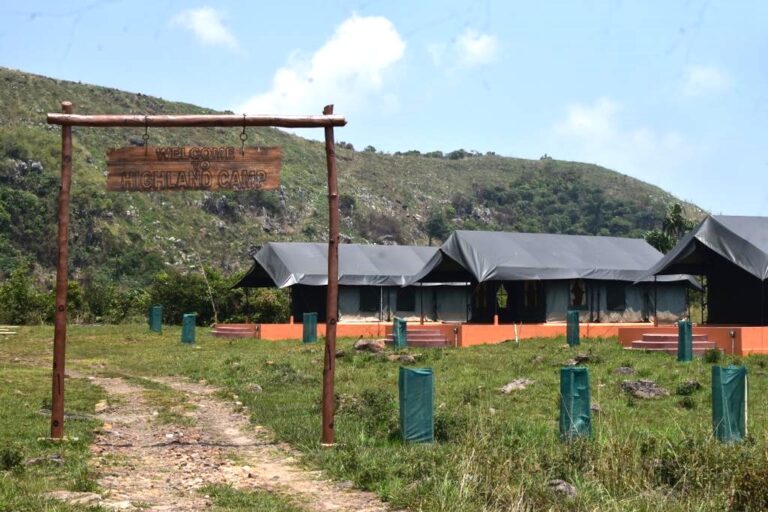
Caving, the responsible way
In 2022, the village took back the administration of the caves from the Meghalaya Adventurers’ Association and put in place processes that would bring minimal disturbances to the cave ecology. Selection procedures were formalised to shortlist village residents who then underwent training to become professional cave guides. They were also trained for rescue missions, first aid and cardiopulmonary resuscitation (CPR). The number of tourists taken for caving became restricted to a maximum of 25 per day, with one guide per two tourists to ensure safety and an unforgettable experience.
“It’s a living cave and we the villagers of Mawmluh are its guardians,” remarked Lyngdoh who then went on to detail the efforts taken by the committee to set up a responsible and niche tourism, an environmentally-sustainable model.
The tourism model they had decided on was not easy to put in place, but it did not deter them. Taking small steps at a time and with the help of professionals they began to understand the requirements needed. They affiliated themselves with Martin Luther Christian University, Shillong. Under the MOU signed, academicians and researchers from the University visited the village once in two or three months. They conducted awareness, sensitisation and training programmes; helped the village residents comprehend the advantages of sustainable tourism, and created an understanding of the Meghalayan age and its connection to the caves. In the years since the start, they have helped the society to survey the area, make maps, document history as well as provide age appropriate training programmes.
“We are not looking at tourism as a standalone activity, but one that is connected to and so will raise awareness of stunning biodiversity of the place; help conserve it and perhaps even bring back some that may have left our place,” added one of the committee members. From 2022 onwards, researchers from the University visited to study the place to provide data needed for the management of the environment, making maps of the place, interviewing villagers, documenting history, culture and practices followed in the village.
Read more: A prehistoric whale fossil stolen from a cave turns attention to fossil trade
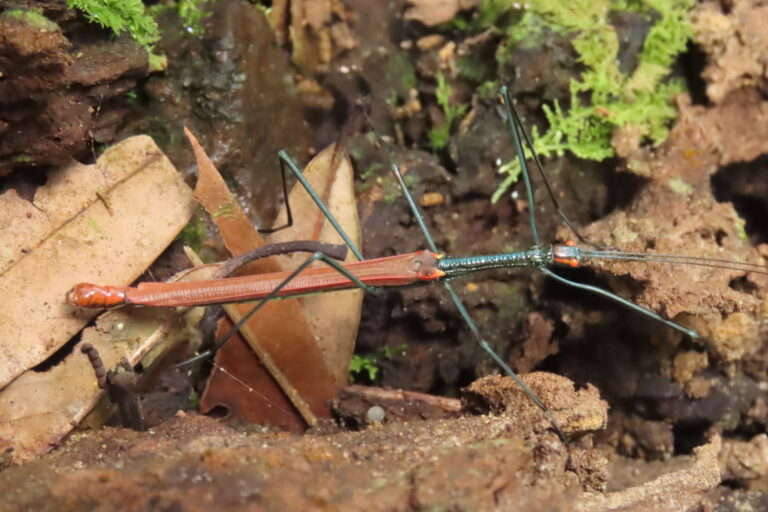
Conservation and livelihood programmes
In 2023, the society met with Sanjay Sondhi of Titli Trust in Dehradun. With several years of experience in setting up conservation projects, Sondhi introduced them to the concept of conservation linked to livelihoods. The unique and remarkable biodiversity of the place was yet to be properly assessed to be included into the tourism project. The idea of niche tourism to attract nature lovers was already on the agenda of the society.
Under Sondhi’s guidance the tourism model took a formal shape in the form of eco-guides. Young people from the village began training with him and the resource persons who accompanied him to the village. With funding from Royal Enfield, binoculars, cameras, field guides could be provided. Sondhi anchored the whole programme, and along with experts from different fields of biodiversity, he would visit the village three to four times in a year.
To ensure continuity and learning as the guides began to document the biodiversity, Goldenstar, a Khasi youth, with knowledge of local biodiversity was appointed by Sondhi as a resident resource person. He meets the people of Mawmluh for three days every month to guide, practice and provide direction. The entire team of resource persons, society members and the guides remain in contact for continuous assistance through a Whatsapp group set up by the Society.
The result? The brilliant diversity of the place began to emerge. Amongst the 100 species of birds recorded here, the tawny-breasted wren babbler is endemic to this place, Hodgson’s frogmouth breeds here. Nonsuch palmer, a rare butterfly, endemic Garo hills caecilian, Cantor’s trinket snake Elaphe cantoris (the only second sighting of this snake), diverse insects common and rare, fantastic species of moths, frogs, invertebrates and more such diversity began to be known and recorded as the guides trained and learnt. One of the young girls from the village, eco-guide Banyllashisha Wankhar went on to make a film for Green Hub on the evolution of responsible and niche tourism in the village. For MTAACS this added variety to their niche tourism which until then was only about caving.
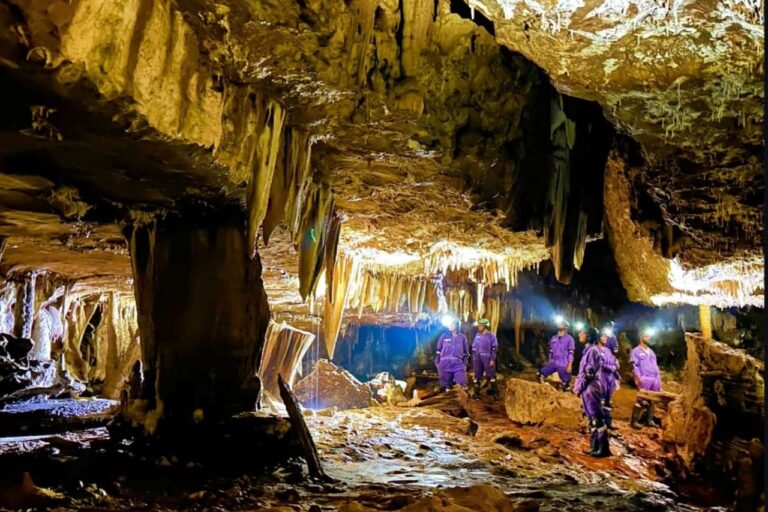
Eco clubs in schools
The society did not stop with tourism. They have also looked to the future. A holistic development of their village, the land and its denizens is possible only if the generations that come after them function with the same belief. With the help of Sondhi and his team, the society started eco clubs in schools. The programme is designed with minimal disturbance to their regular academic syllabus. The children and teachers meet twice a month in one of the camps run by the society and are introduced to the richness of their heritage, the land and its beings. The society is particularly sensitive to the importance of teachers for the success of this initiative, and so find ways and means to encourage and appreciate their efforts.
Lyngdoh concluded his conversation with me saying, “Tourism alone is not our only goal. We want to enrich and bring back the way of life we may have lost. We feel it’s high time we gave back to the land and to the villagers what our earlier generation failed to do. I see the change in the youngsters, from the way they connect with the programme and feel we are on the right path.”
From my own experience touring the cave, interacting with the young eco-guides so thirsty for knowledge, with students and teachers from the local school so happy to be in the wild, I believe that responsible and niche tourism is not only a workable model, but is also the way for the future.
The author is a biology and environment education practitioner.
Citation:
- Walker, M., Head, M.J., Berkelhammer, M., Björck, S., Cheng, H., Cwynar, L., Fisher, D., Gkinis, V., Long, A., Lowe, j., Newnham, R., Rasmussen, S.O., Weiss, H., 2018. Formal ratification of the subdivision of the Holocene Series/ Epoch (Quaternary System/Period): two new Global Boundary Stratotype Sections and Points (GSSPs) and three new stages/ subseries. Episodes 41/4, 1-11.
- https://iugs-geoheritage.org/geoheritage_sites/gssp-of-the-meghalayan-stage-in-the-mawmluh-cave/
- https://stratigraphy.org/ICSchart/ChronostratChart2024-12.jp
- Biodiversity booklet and posters of Birds and Butterflies made for training eco-guides and for tourism promotion
Banner image: Mawmluh cave. Image by Wann Majaw via Wikimedia Commons (CC0 1.0).






